Design and Features
Huawei Nova 3 is Huawei’s latest mid range smartphone sitting below their flagship Mate and P series. Despite it’s not a flagship mode, it has some pretty impressive hardware. First of all, it has the 6.3″ IPS panel screen, bigger than both the P20 Pro and Mate 10 Pro. The processor is the 8 core Kirin 970 processor, same as P20 Pro and Mate 10 Pro and it has 6GB RAM and 128GB storage. It also has a micro SD card slot which allows cheap and easy way to expand storage. Something I really want but not available on the P20 Pro. The phone also has a big 3750mAH battery and it can easily last a whole day of heavy use.
The phone runs Android 8.1 with EMUI 8.2 on top. I know a lot of people are not big fan of the EMUI but I personally certainly don’t mind. I find the latest EMUI skin is quite nice and runs smoothly on the Kirin 970 processor. And it also provides some additional handy features that stock android doesn’t provide.
The Huawei Nova 3 has a glass front and back but doesn’t support wireless charging. The Iris Purple model is simply gorgeous and very similar to the twilight blue colour scheme that was introduced by the P20 Pro. Every time I put the phone on the table, people would comment on how beautiful the phone is and start asking me questions about the phone with an admiring smile. Because of that I chose to not use the included phone case (the phone also has screen protector applied just like most Huawei phones) as I feel I really shouldn’t cover up the beautiful design and colour of the phone. But because of that, the glass phone is quite slippery and I feel like I may drop it anytime. Luckily it hasn’t really happen after using it for a few weeks.
The Huawei Nova3 has a fingerprint sensor at the back which is fast and accurate as usual Huawei standard. And it also supports face unlock which works very well and fast as well. It works on bright sunny day even when my face has harsh shadow and also works in room that is completely dark. (check out my video review which I did a quick demo in a dark room at around 4:40)
Look at the front of the phone and you can see the large 6.3″ screen nearly covers the whole front of the phone. There is a small “chin” at the bottom of the screen about 5mm tall (guessing visually) and there is a notch at the top of the phone. The notch is a bit wider than the tiny one on the P20 Pro. The main reason it’s wider is that there are two front facing cameras on the Nova 3, while the P20 Pro only has one.
Personally I’m not a fan of the notch. I tried left it on for about 2 weeks when reviewing the P20 Pro see if i will “get used to it” but i didn’t. So I went to the setup screen and hide the notch off straight away when I received the phone.
Inside the notch, there is also the front speaker and a LED indicator. The sound quality from the speaker is ok. Clear but not really loud. For some reason, the LED indicator was placed half visible behind the speaker grill. If the phone was right in front of you or you are on the left side, then that’s not really a problem. But if you are sitting to the right of the phone, then the indicator light can be a bit hard to see.
Overall the Nova 3 feels very solid and the built quality is excellent. It also feels very light for such a big phone with a big battery. When I switch from the P20 Pro to the Nova 3, the Nova 3 definitely feel a lot lighter despite on paper it’s only 14g lighter (P20 Pro is 180g, Nova 3 is 166g)
Camera
Let’s start with the camera app first.
The default camera app on the Nova 3 has the typical Huawei camera app design. The user interface is very similar to the app on the P20 Pro, but the most obvious different is the Leica font is missing from the Nova 3 as it doesn’t have any Leica cameras. Instead it uses a more generic fonts which doesn’t look quite as cool as the Leica fonts.
The features available on the Nova 3 camera app is mostly the same as the P20 Pro. You have the basic Photo mode, portrait mode, then the more advanced features like aperture mode, light painting mode, HDR, night mode..etc and then of course my favourite PRO mode. I’ve recently created a video that talks about Huawei camera app features so if you are not really familiar with the various features available, remember to watch the video below
Rear cameras first.
At the back of the phone, there are two camera. One has a 16MP colour sensor and the other one has a 24MP monochrome (black and white) sensor. Both cameras have a very fast f/1.8 lens in front but unlike the flagship Mate or P series phones, they are not Leica branded cameras. To see how these cameras performs against the Leica cameras on their own flagship phone, I did some comparisons with the Mate 10 Pro. The Mate 10 Pro has a very similar rear camera setup, with the sensors a bit lower resolution but larger aperture. (f/1.6).
Here are the results. Both photos are unedited photo converted from RAW but since the Nova 3 output is higher resolution, I downsampled the Nova 3 photo to the same resolution as the Mate 10 Pro so we can compare the photos at 100% zoom level.
First look at the full photo. The photos look very similar apart from slightly different colour tint.
Next let’s have a look at the center crop.
There isn’t huge different between, the crop from the Nova 3 actually looks slightly sharper thanks to it’s higher native resolution output then downsampled to match Mate 10 Pro.
Next let’s look at the crops near the edges.
It’s obvious the picture quality at the edges is not as good as the center. Sharpness is not at same level as the center but overall it still ok. Mate 10 Pro seems to manage the highlight area slightly better with less glow although I would say the difference isn’t that big.
Overall, i would say the image quality is really quite similar. Even when I examine the photos side by side at 100% zoom level, I don’t see much difference between the photos I shot with these two phones. If you are taking normal real life photos, I would say you can’t tell whether the photo is from the Mate 10 Pro or Nova 3.
However, one thing the Leica cameras on the Mate 10 Pro handles better is the flare resistance. Even when shooting directly into the sun, the photos from the Mate 10 Pro has very little flare while the Nova 3 shots would quite often have some visible lens flare. Not terrible but easily visible.
Below is the extreme case that illustrate the Nova 3’s flare issue. I took this photo at the Auckland Museum, one of my favourite place for taking photos. We have some pretty bright lights, and the Museum sign and a black background.
I noticed there are some bright dots and patterns on the top half of the photo. And I initially thought they are just the stars. But after a closer look, they are actually lens flare which reflects the bright light source from the bottom half of the photo. (You may not be able to see it if your screen is not calibrated properly)
The photo I shot on the Mate 10 Pro from exact same position doesn’t have much lens flare issue at all. And I’ve checked multiple photos and the Mate 10 Pro always have less flare. So I guess the Mate 10 Pro has better coating to reduce lens flare?
I have to emphasis that this is a very extreme case with bright light source and a dark background at opposite orientation. It only happened in a few photos out of over thousand photo I took using the Nova 3.
But apart from this, the rear camera on the Nova 3 is pretty much just as good as the Leica cameras on the Mate 10 Pro.
Having a bit of lens flare is not necessary bad thing. You can use the flare to help you to create some more artistic photos
Huawei was one of the first company that focus on AI photography starting from the Mate 10 Pro. Since the Nova 3 uses the same processor as the Mate 10 Pro and P20 Pro, the AI photo feature is also available on the Nova 3.
With the AI turned on, the phone can recognise a wide range of scenes and apply adjustments to the photo to improve the photo. For example when you are capturing landscape photos with a big blue sky, it would increase the saturation of the blue sky to make the sky look darker and more blue. Overall the AI recognition works very similar to the P20 Pro/ Mate 10 Pro. It’s pretty accurate and fast. However, it seems Huawei has tone down the adjustments applied by the A.I. The result is that the photos do not look as over-processed as their previous phones. I personally like it as I complained before sometimes the A.I. adjustments seem a bit too much on the P20 Pro.
Unless you are an experienced photographer who always shoot in Pro mode / RAW and edit every single photo yourself, the AI feature can make it a lot easier to capture beautiful photo with minimal efforts.
Next, let’s look at the front cameras.
As mentioned earlier in this review, the Nova 3 has two f/2 front cameras. The primary front camera has a 24MP sensor while the other one has a 2 MP sensor that is used to capture depth data which is used for some of the features for example the bokeh mode and also the AR lens mode.
The Nova 3 managed to separate the foreground person from background pretty accurately most of the time.
The AR lens mode is a feature that was available on the Nova 2 phones but not available on the flagship Mate and P series phones. It is made up of a group of features mainly for taking fun selfies. With the Nova 3, there is a new feature called 3D Qmoji as well.
Basically the front cameras would detect your facial orientation and gesture, and then it will mimics your facial gestures onto a cartoon character in real time. My kids absolutely love playing that feature and we had a lot of fun together. The other features in the AR lens mode includes background swapping, hand gesture mode, 3D object mode which are all really fun feature that are designed for younger user or anyone young at heart.
The front cameras are fixed focus. It may sound a bit weird at first consider how complicated the camera app and 4 AI camera system is. But it actually makes a lot of sense as the front camera is designed for your to take selfies. It’s almost guaranteed you will be holding the phone with your arm fully extended so the front camera is always at an arm distance from your face. I did some quick testing and found out the focus distance is around 45cm. If you use a selfie stick, then the fixed focus distance may not work quite well especially if you have a really long selfie stick.
Nova 3 has a HDR Pro mode when enabled the camera would do some hardware level exposure adjustments to improve the dynamic range of your photo. This is mostly useful when you are taking selfies with a bright sky behind you and you don’t want to completely blown out the sky. And unlike the usual HDR feature on most smartphone cameras, you can instantly preview the result of the HDR mode in real time when it is enabled.
There is also various 3D lighting mode which would re-render the lighting on the subject’s face. Personally I don’t found this mode particularly useful as I found the 3D lighting effects are either too subtle or too much. But if you also have the phone, please give it a try and let me know if you like the 3D lighting mode or not.
Selfie beauty mode is something you either love or hate. With the Huawei Nova 3, you can not only select the beauty level between 0 to 10 (0 means the photo is unchanged while 10 means your skin becomes as soft/fake as a wax sculpture), but there is also a customised selfie settings screen in which you can choose what adjustment you want to turn on and also select your preferred skin tonne and softening level. Once saved and enabled, the camera app will apply your preferred adjustment settings to every single selfie you took and give you the “perfect” self portrait you want.
Will all these different features and adjustments, the Nova 3 is easiest one of the best smartphone for people who love taking selfies.
Video
The Huawei Nova 3 can record video up to 4K resolution or 1080p video at up to 60fps. The 4K video looks very nice and sharp, especially the footage captured during the day. Unfortunately, Nova 3 doesn’t have any image stabilisation so the video footage can be a bit shaky especially if you are walking when taking the videos.
The Nova 3 can also shoot super slow motion videos at up to 480fps at 720p resolution. As far as I know this is the first ever non-flagship smartphone that can shoot super slow motion video at such high frame rate.
Huawei has also implemented the automatic A.I. capture feature. The phone can detect changes in a user defined area and it’ll trigger the capture of super slow motion. This is a feature that was not even available on the P20 Pro when the phone was released. But Huawei has then added it to the P20 Pro through a recent firmware update (just like how they added the face unlock feature to Mate 10 Pro recently as well)
The 480fps super slow motion video quality is OK, but not super sharp/detailed. It’s great for sharing on social media platforms like Instagram, facebook..etc but I wouldn’t suggest you get it for professional quality super slow motion videos. But no matter what, I’m very happy to see such a cool feature available on non-flagship smartphone.
Conclusions
The Huawei Nova 3 is a smartphone with flagship hardware, flagship build quality but without the flagship price tag. The phone looks absolutely gorgeous and there are lots of very cool and fun features.
After using the phone for a couple of weeks, it’s quite easy to see why Huawei is now the second biggest smartphone manufacturer in the world and quite likely they can overtake Samsung and becomes the world’s biggest manufacturer in the world in the not so distant future.
I would even say the Nova 3 is better than the Mate 10 Pro which is one of their current flagship smartphone released less than 1 year ago. The only feature I feel missing on the Nova 3 is image stabilisation which will benefit video greatly and also make the night mode a lot more effective (the success rate of getting sharp images when shooting with Nova 3’s Night mode is much lower than P20 Pro) But this is the only major thing I can complaint about the Nova 3 as otherwise the phone is really fantastic especially when you consider the price. It shows you how fast Huawei is improving as a smartphone manufacturer in such a short period of time.
If you are looking at buying a new phone but don’t want to pay for the flagship price, you definitely should check out the Huawei Nova 3.
All sample photos in this review unless stated are unedited JPG straight out of the camera.
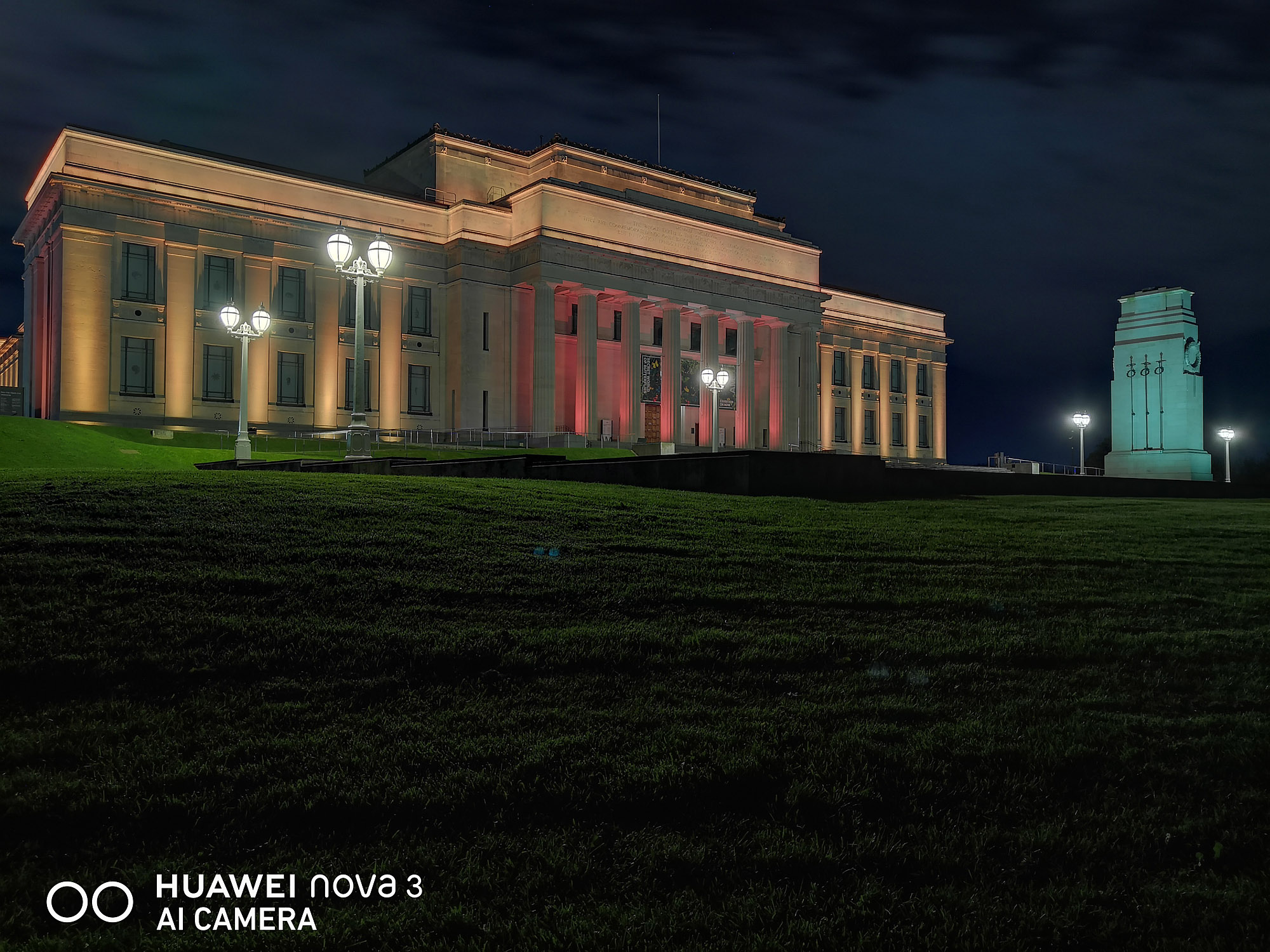
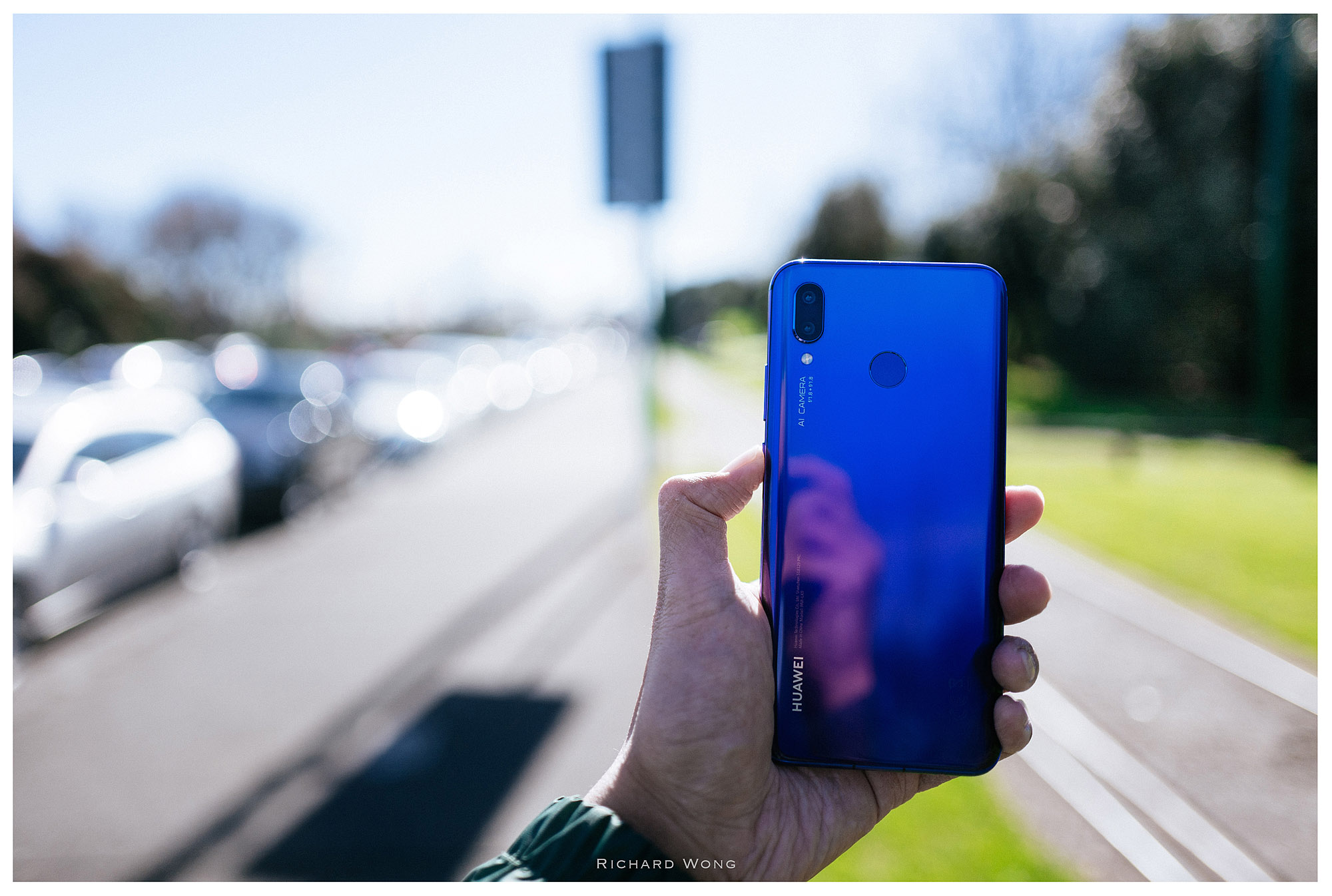

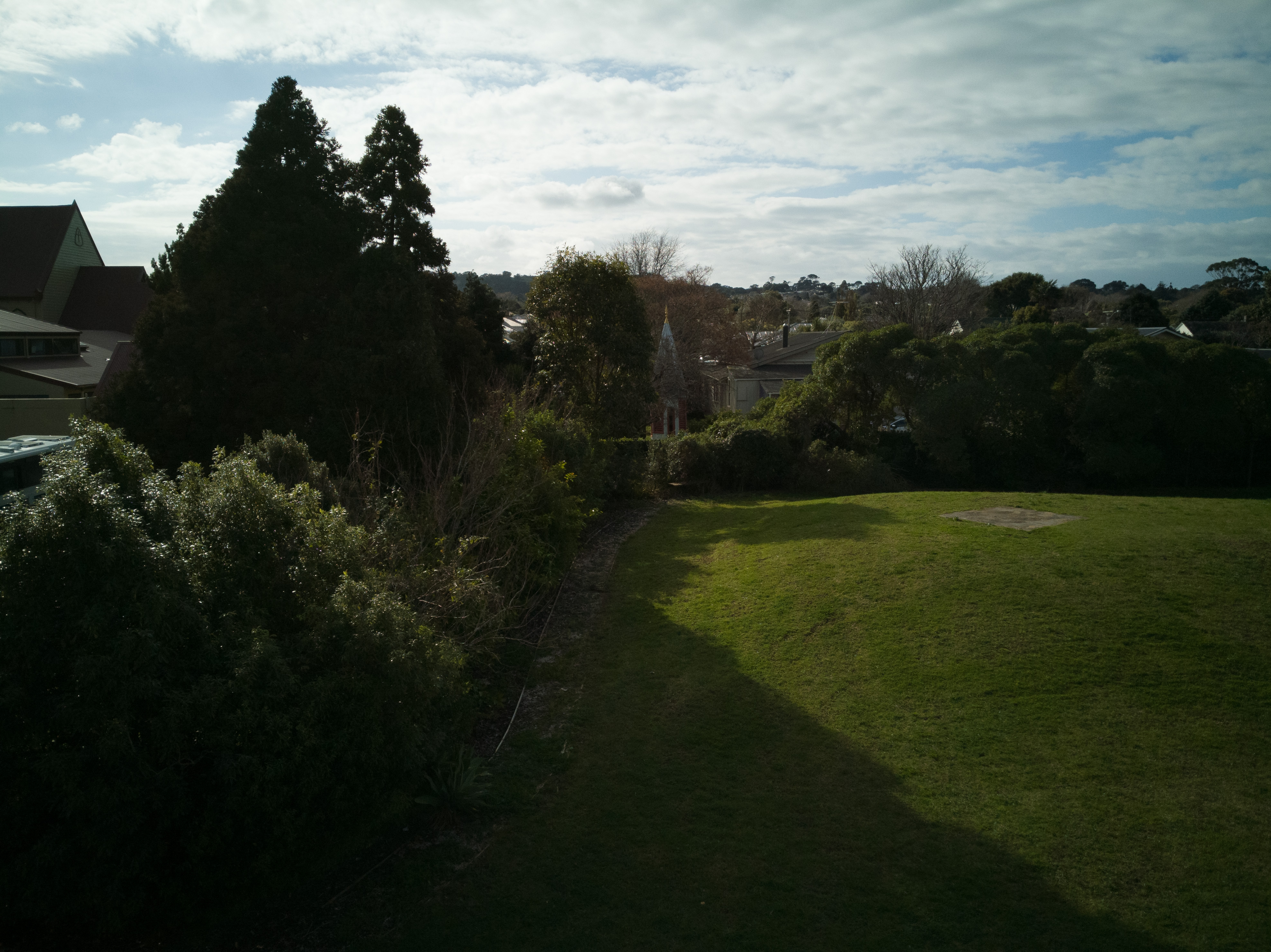
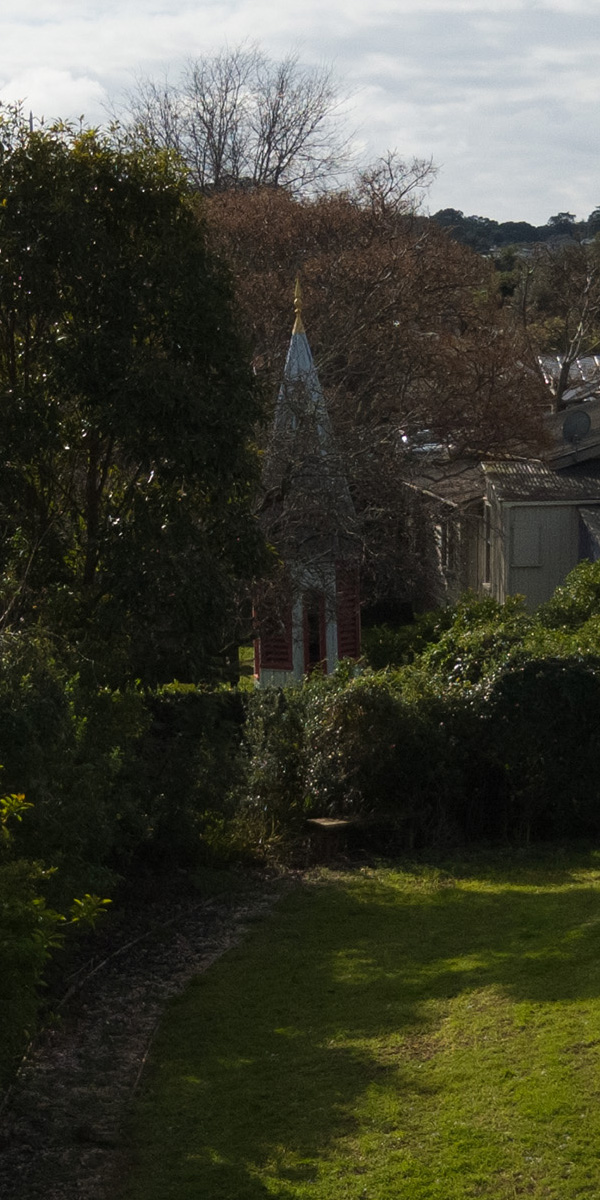
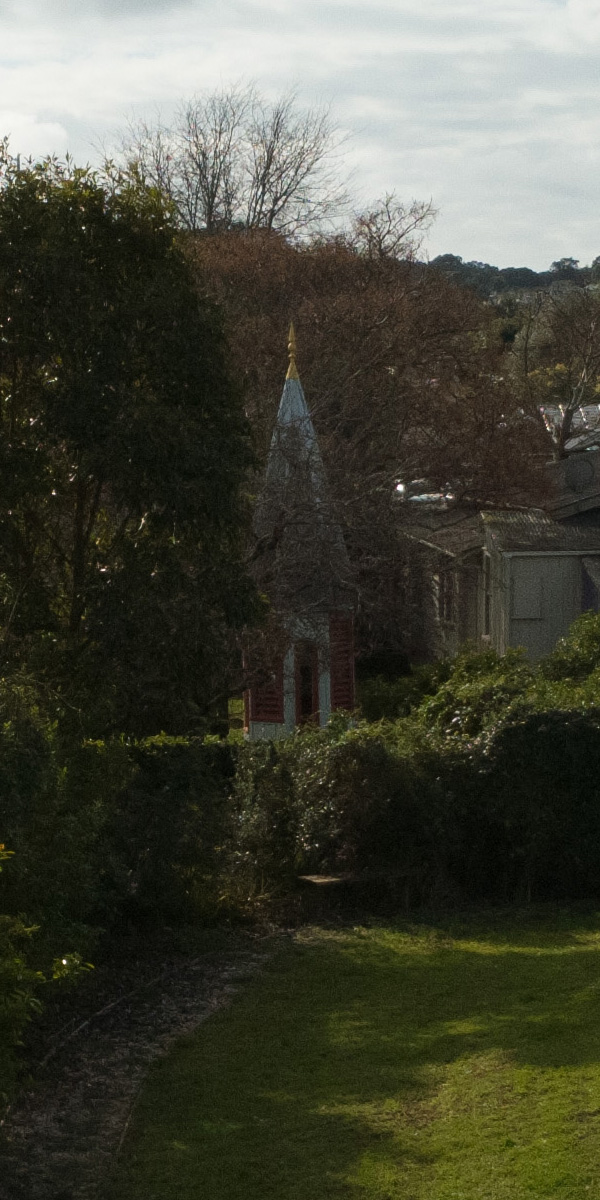
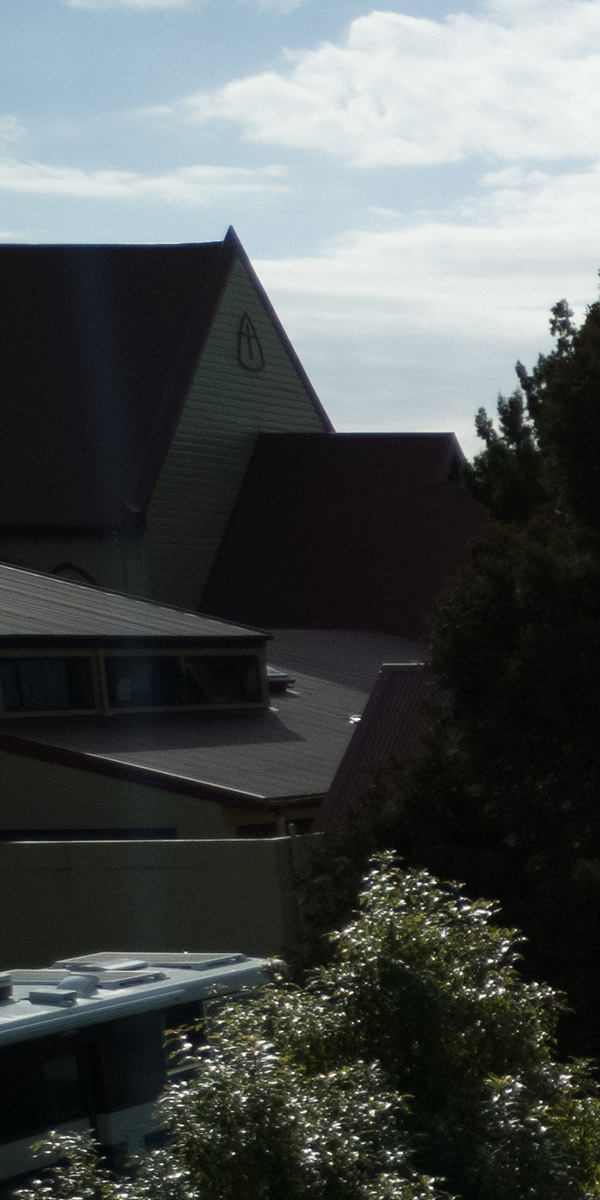
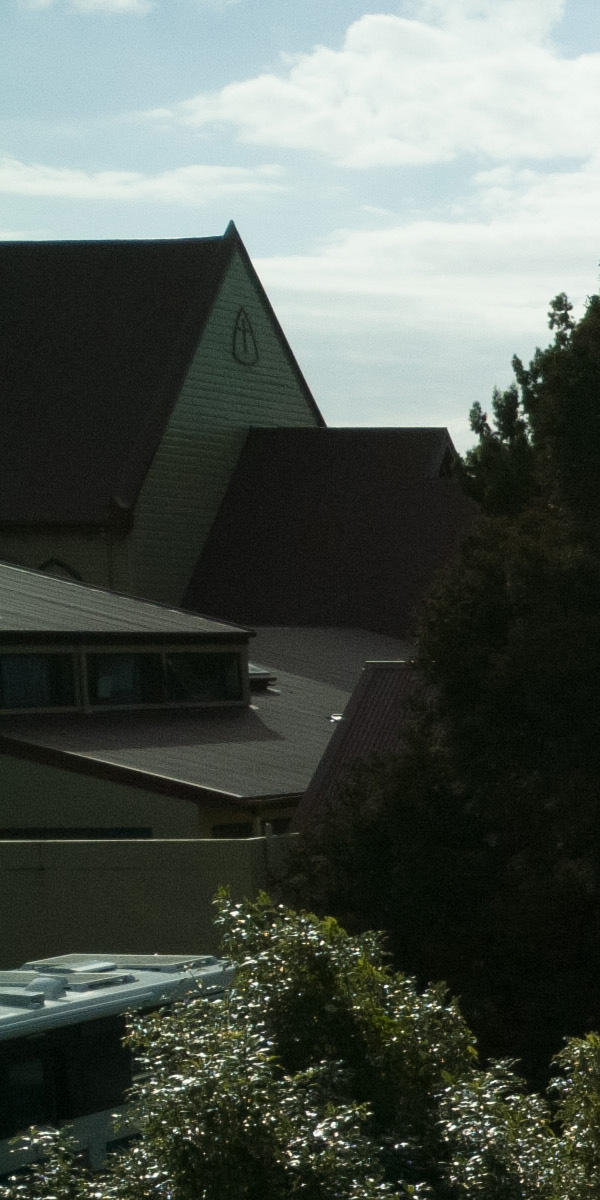
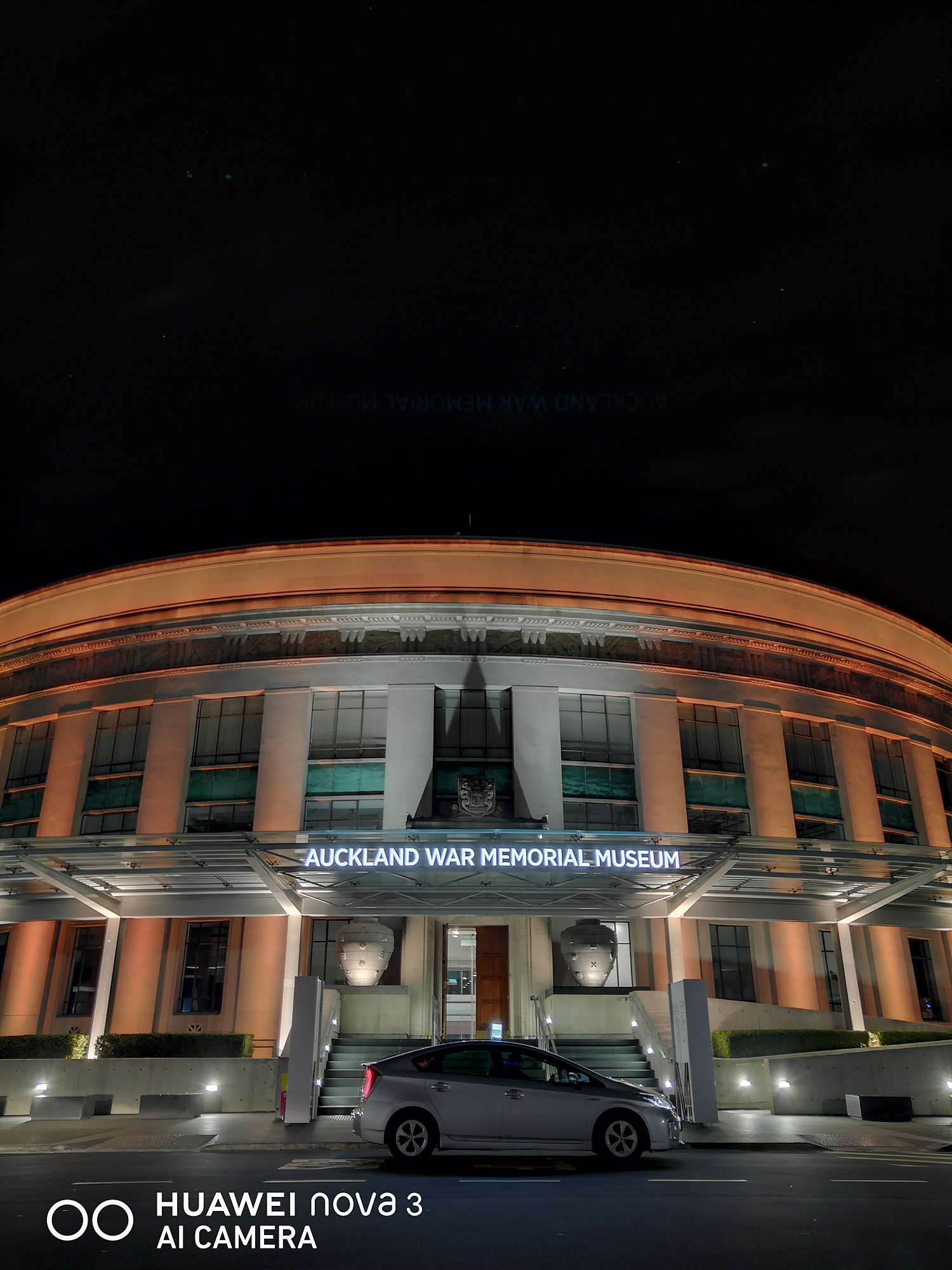
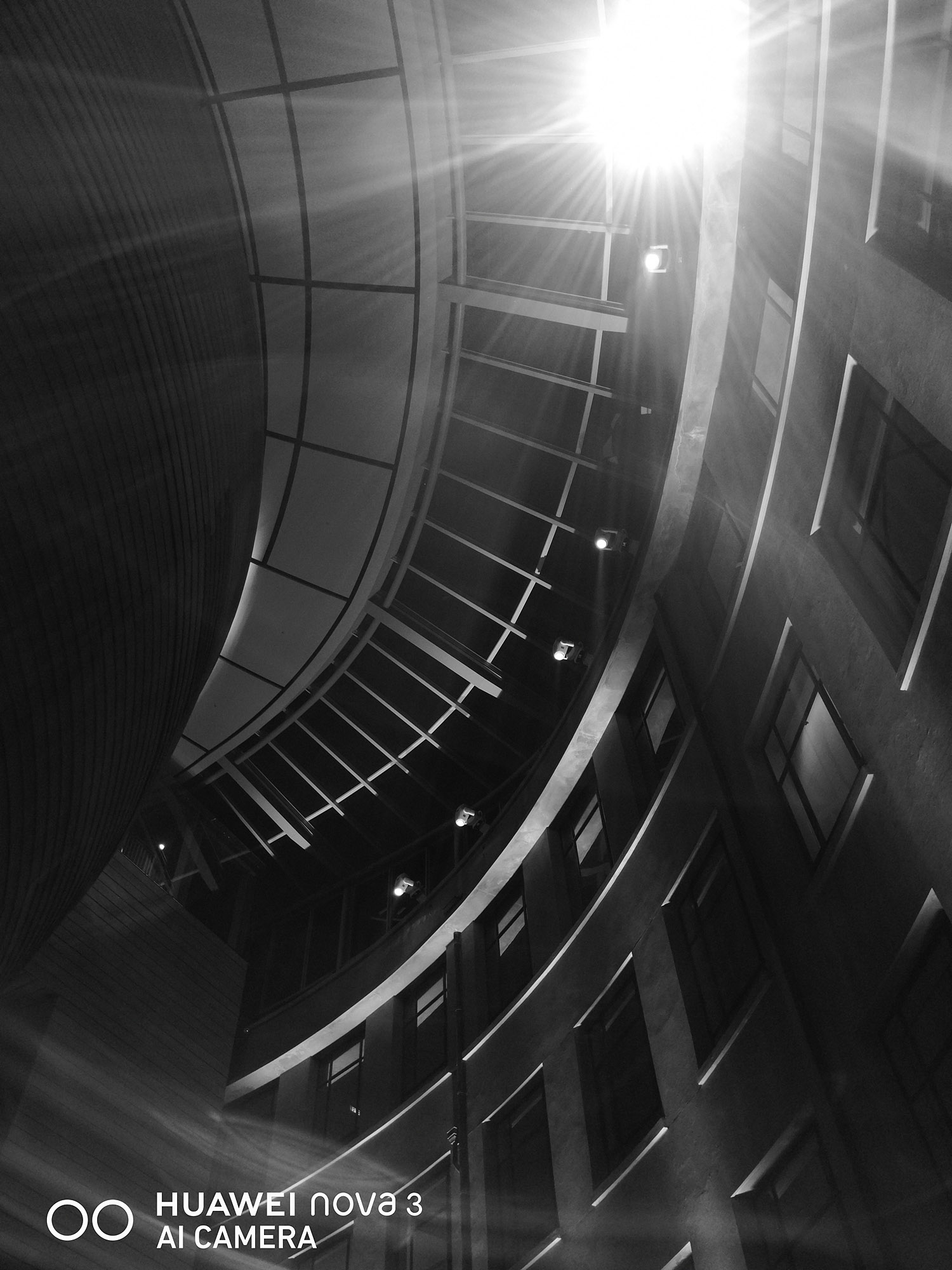
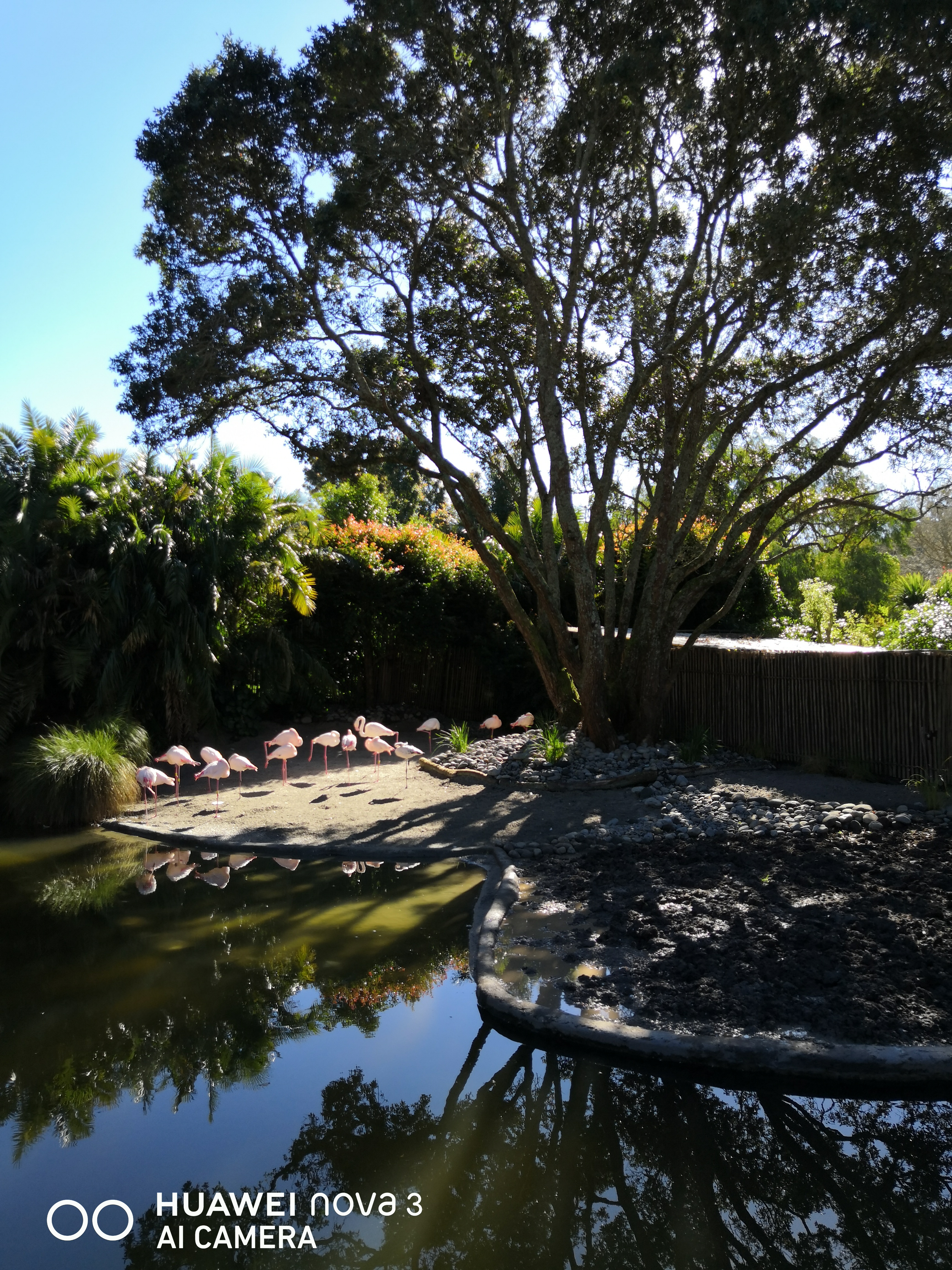
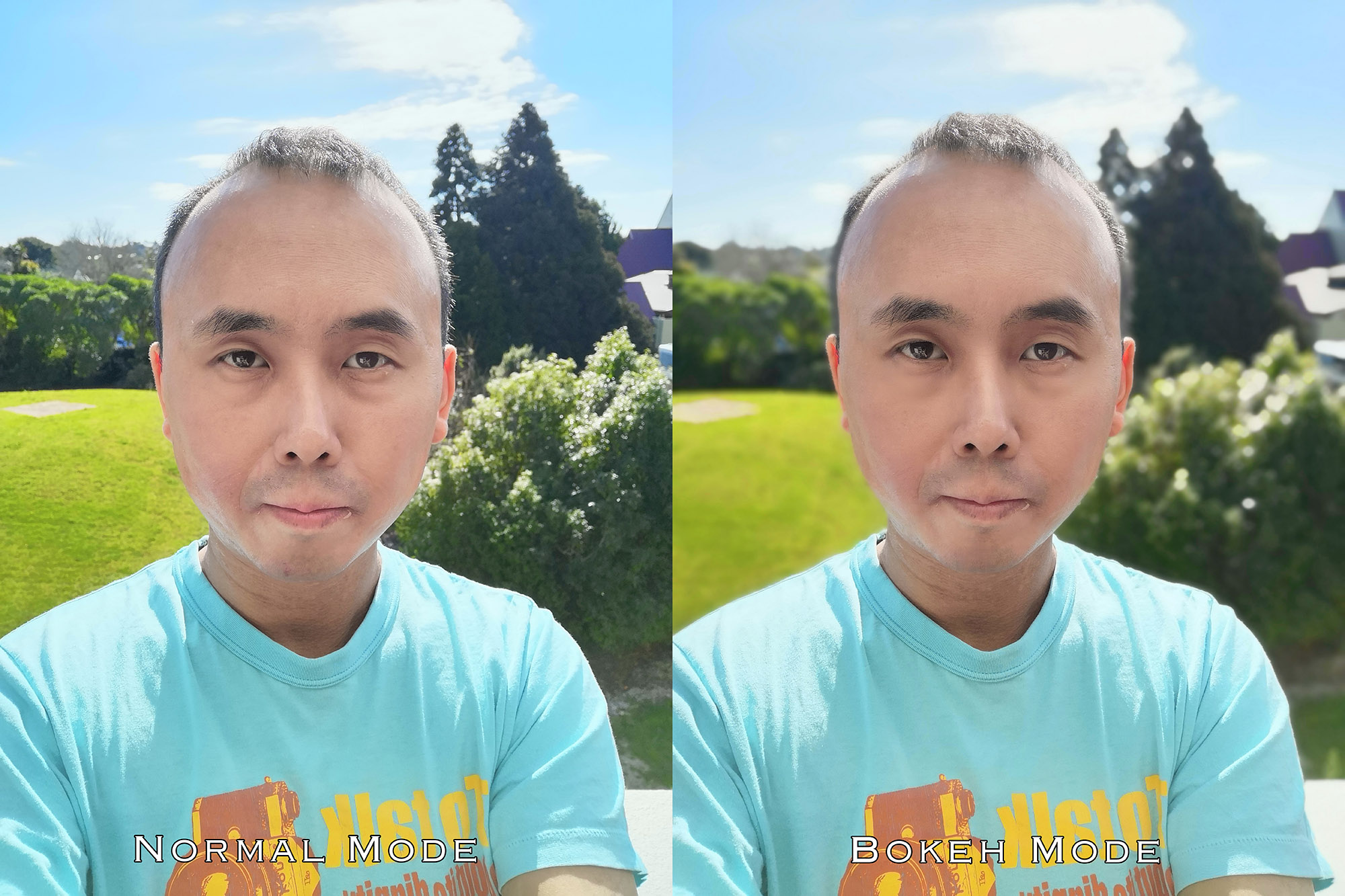



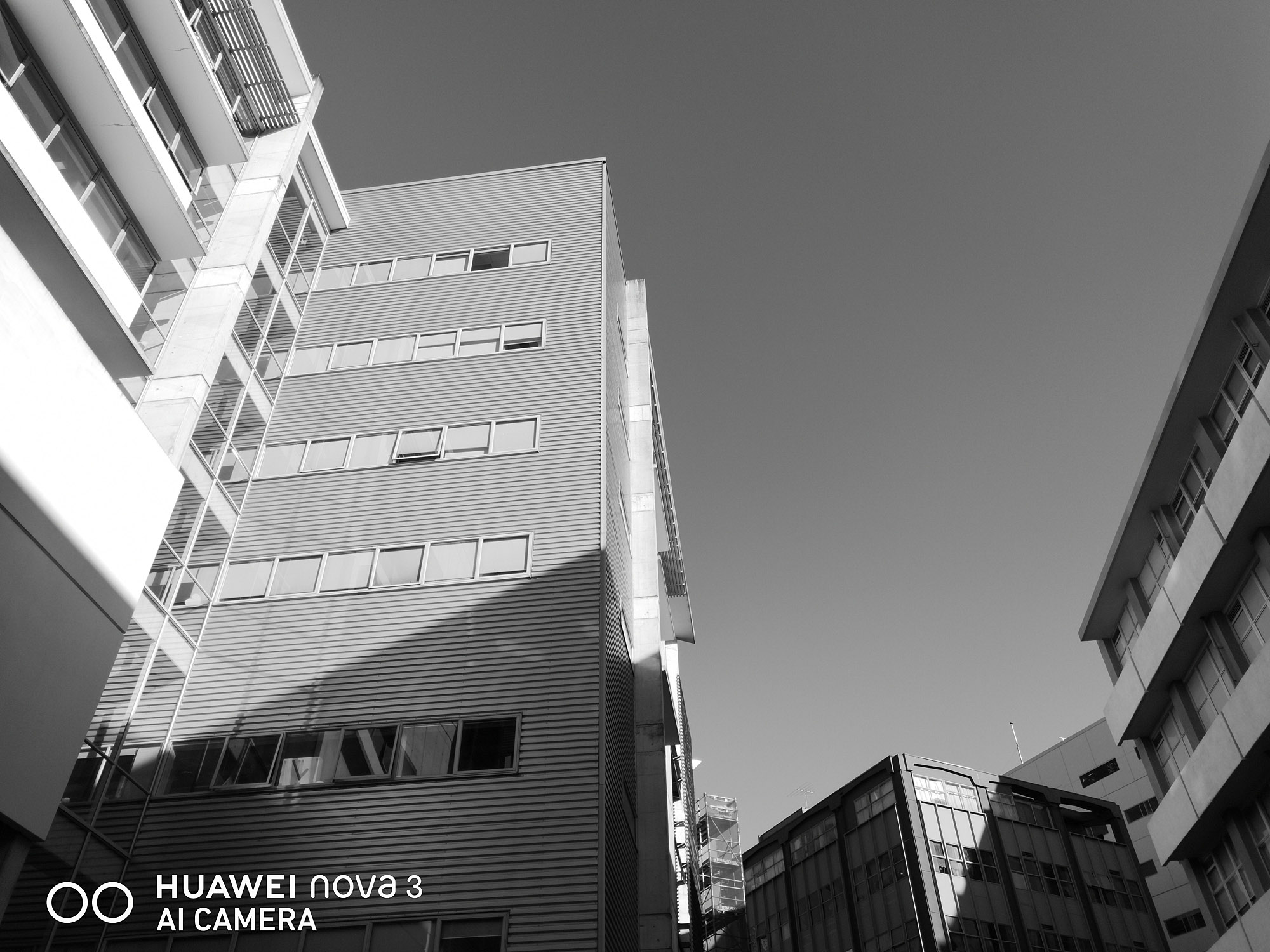
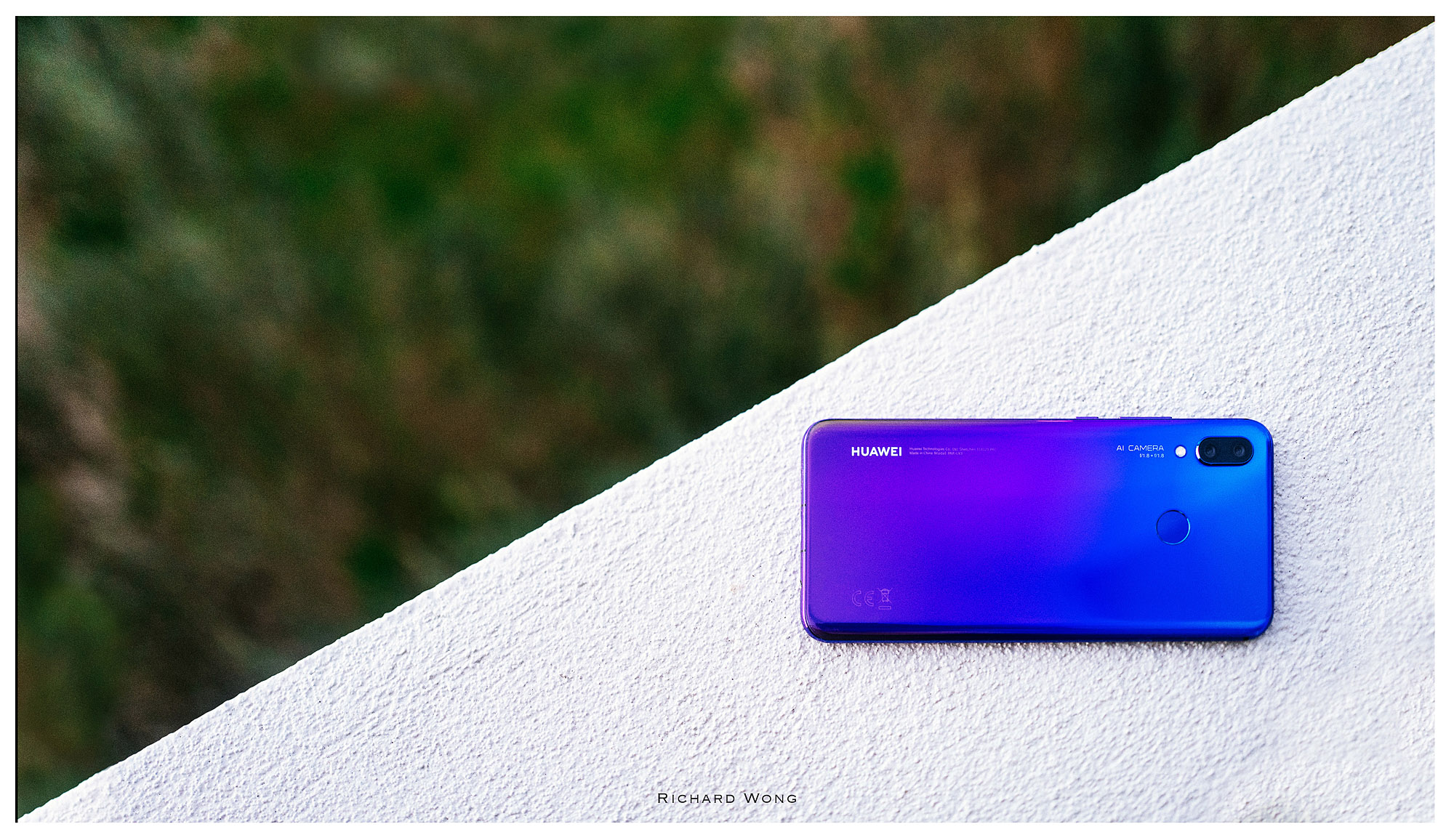
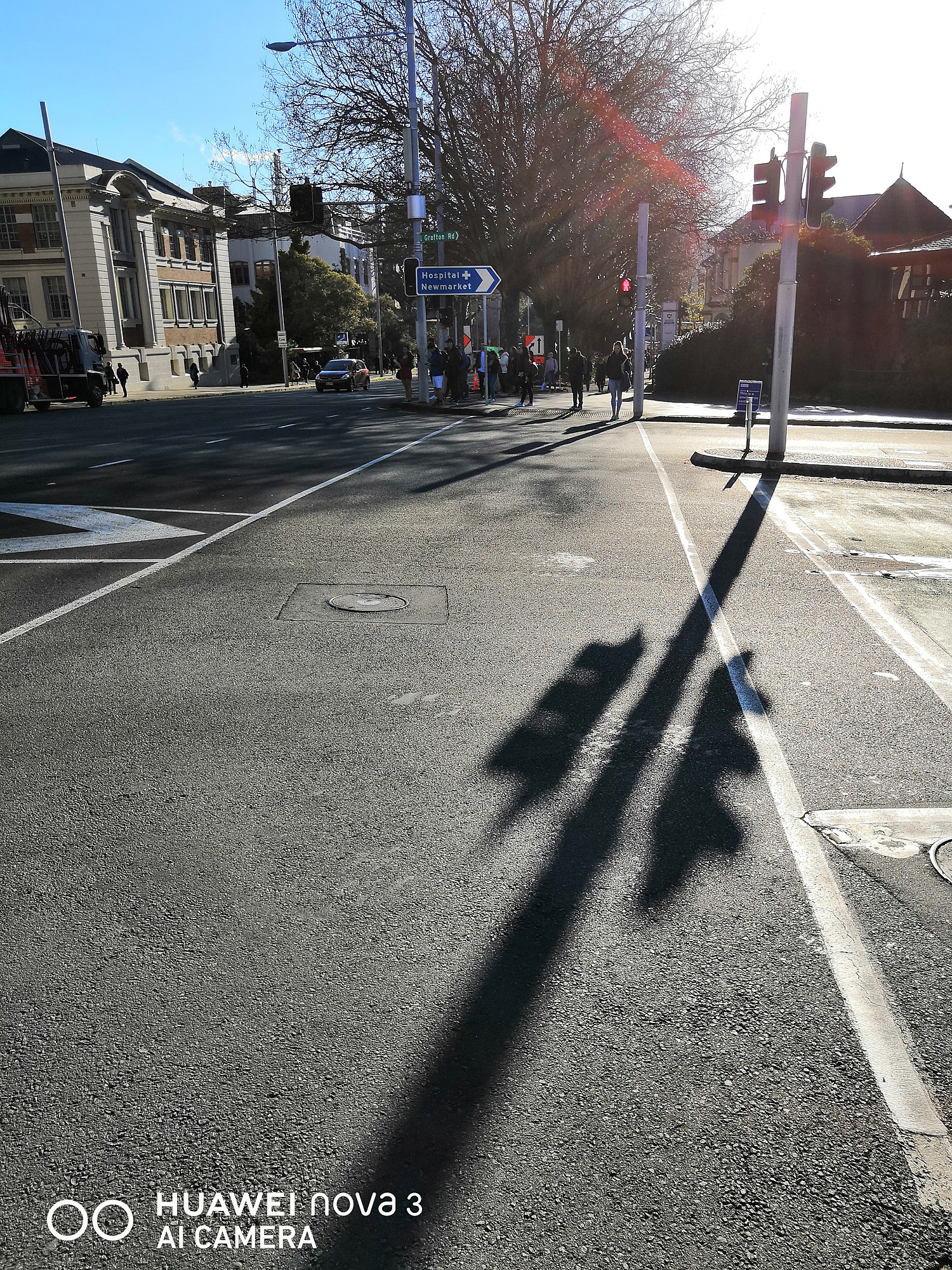
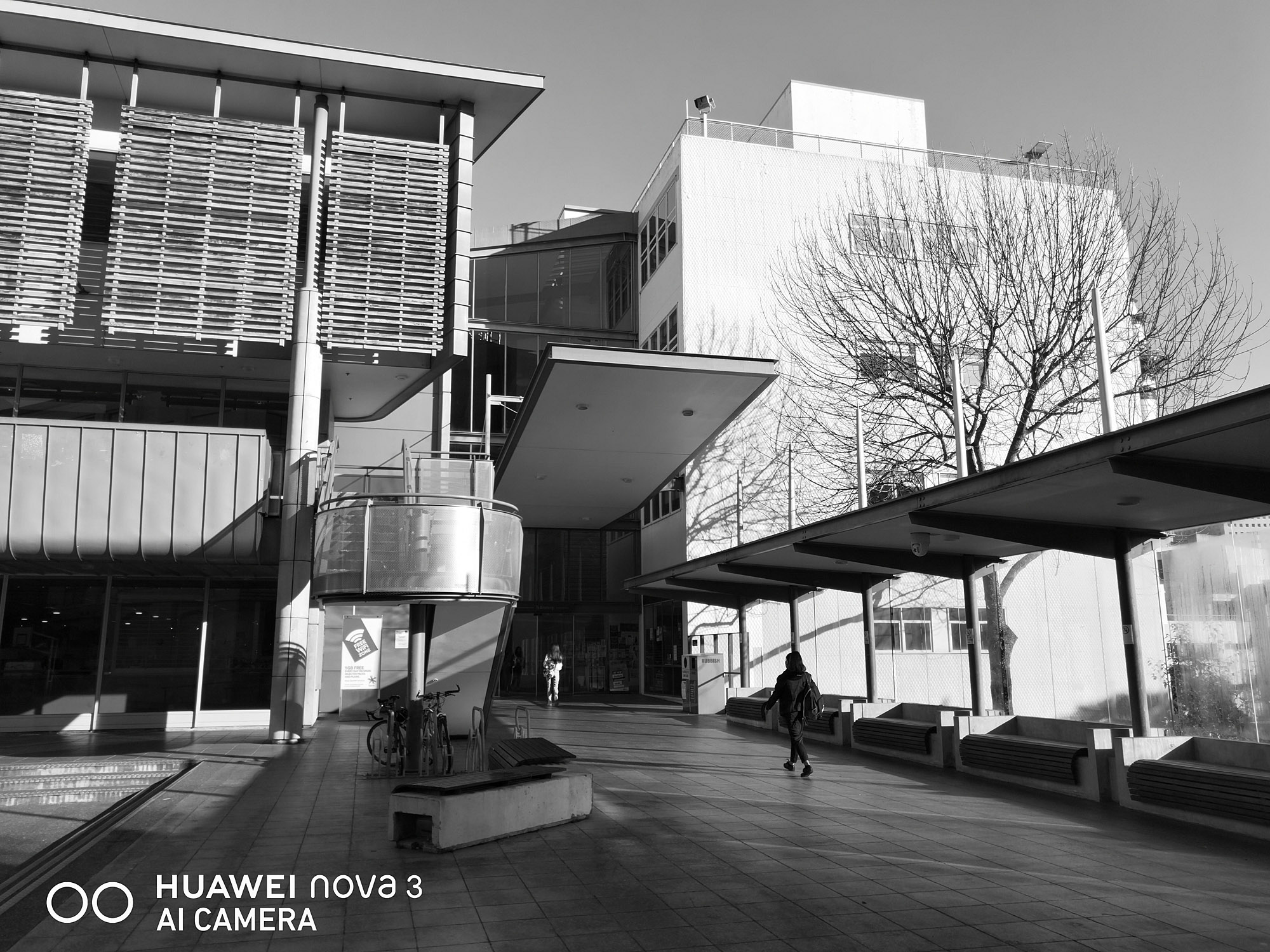
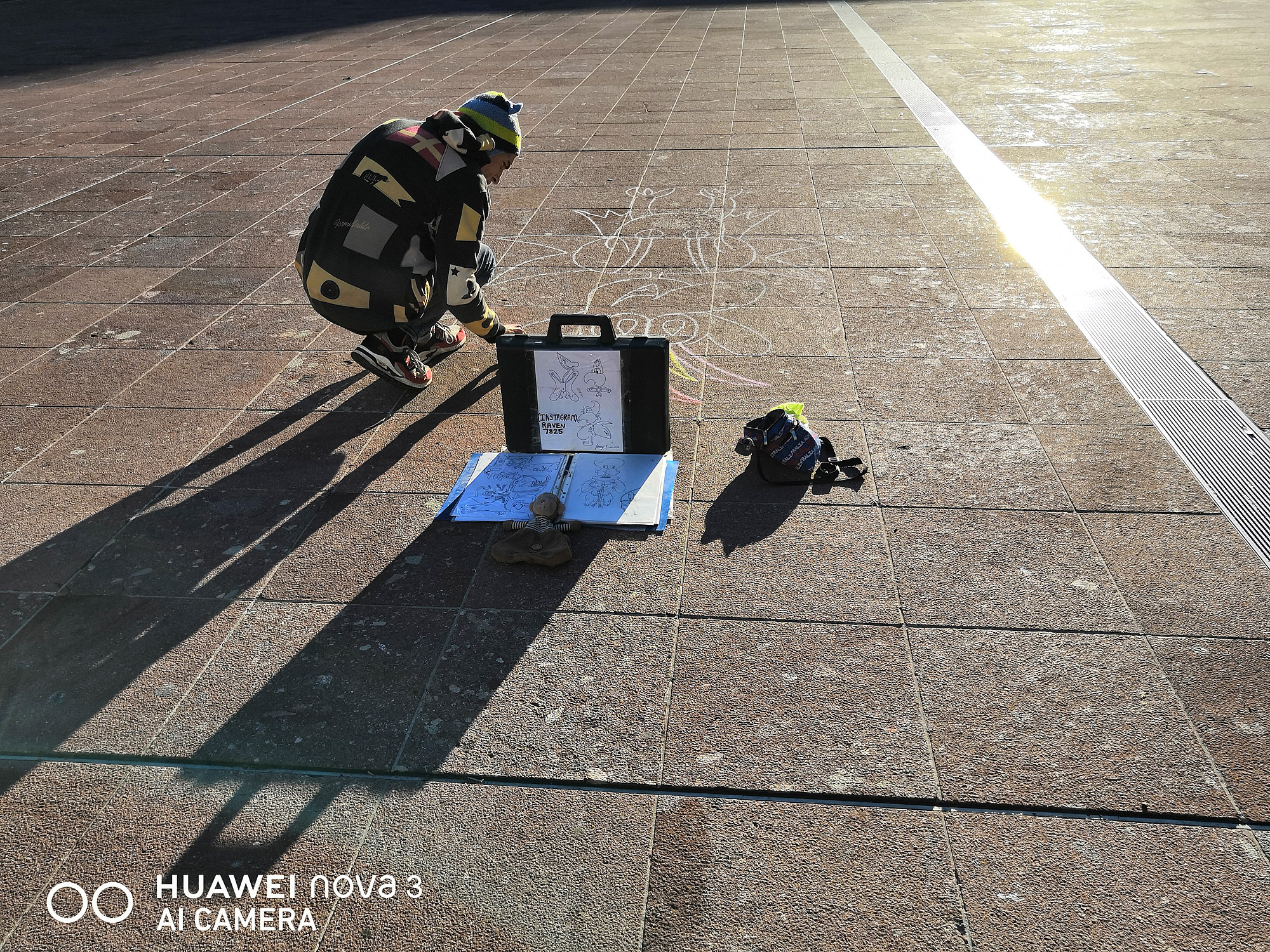
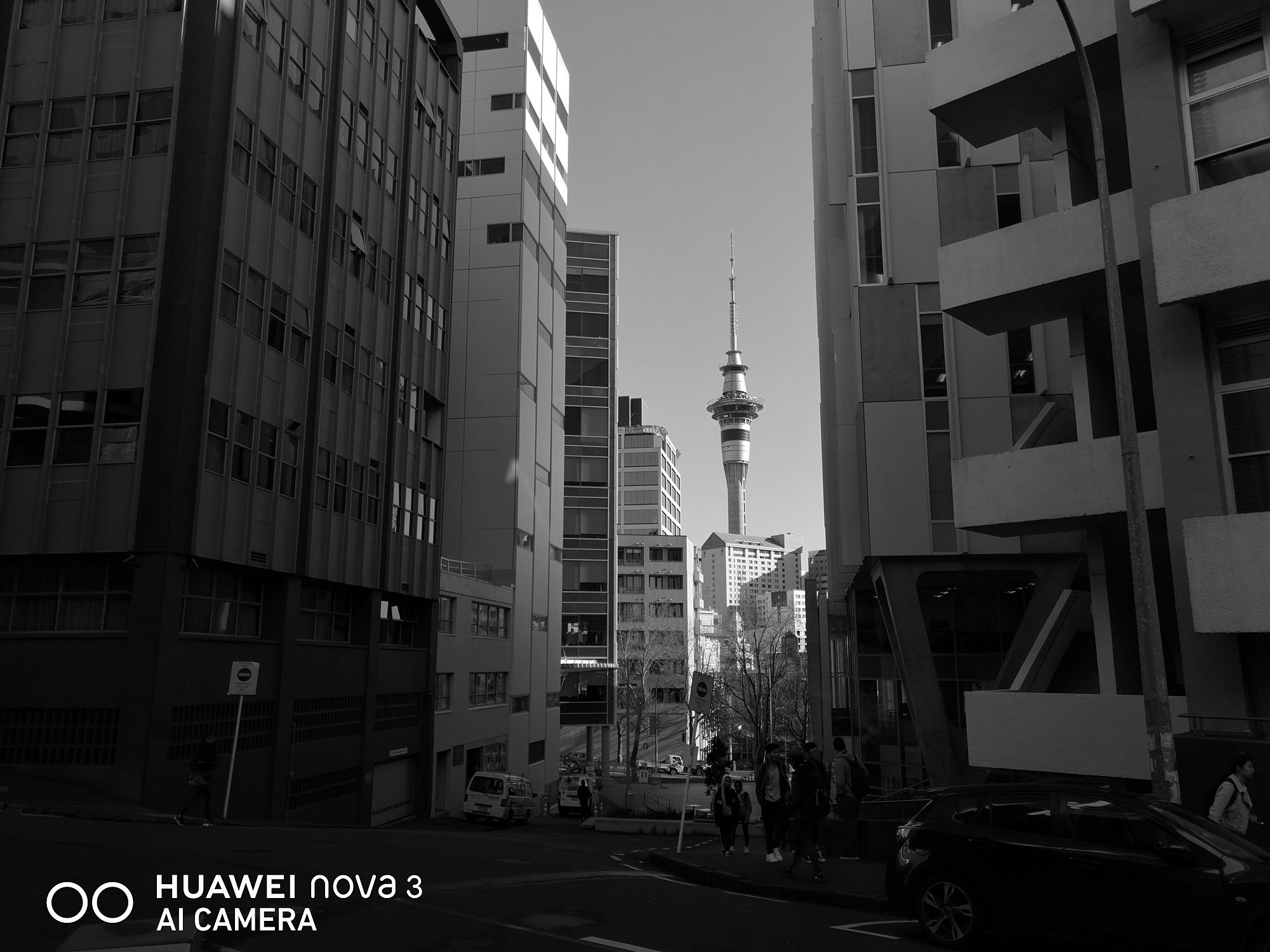
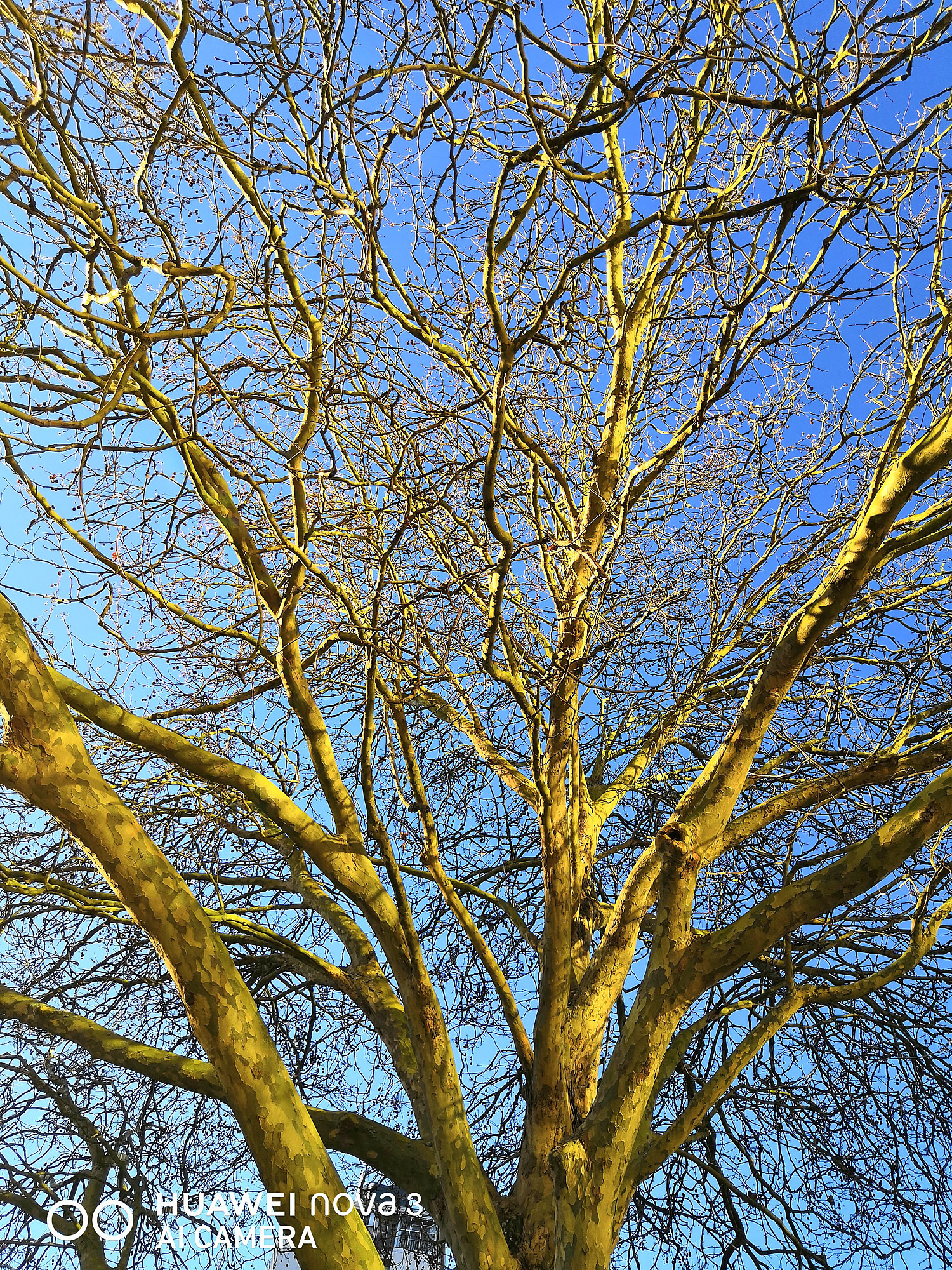
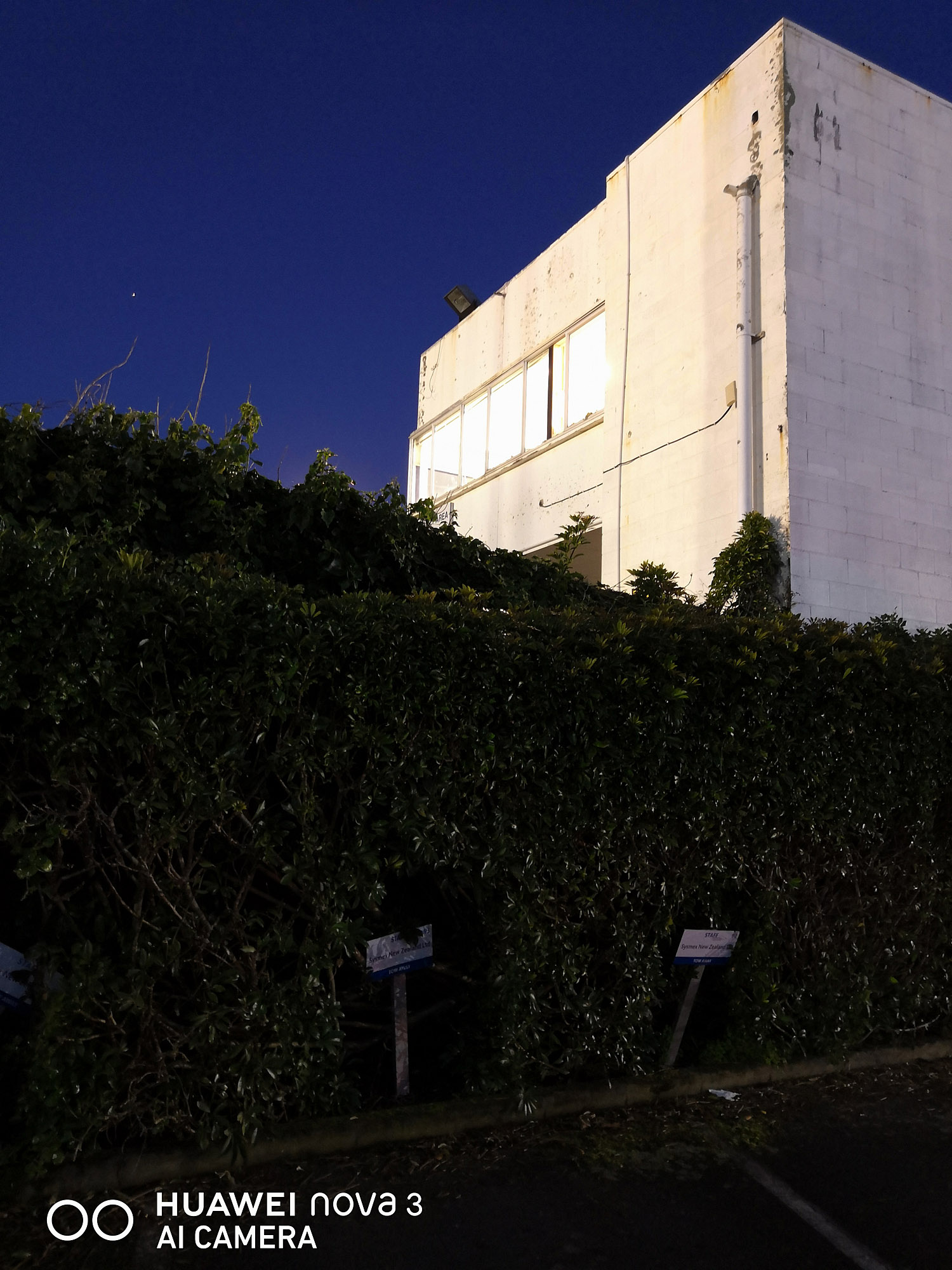


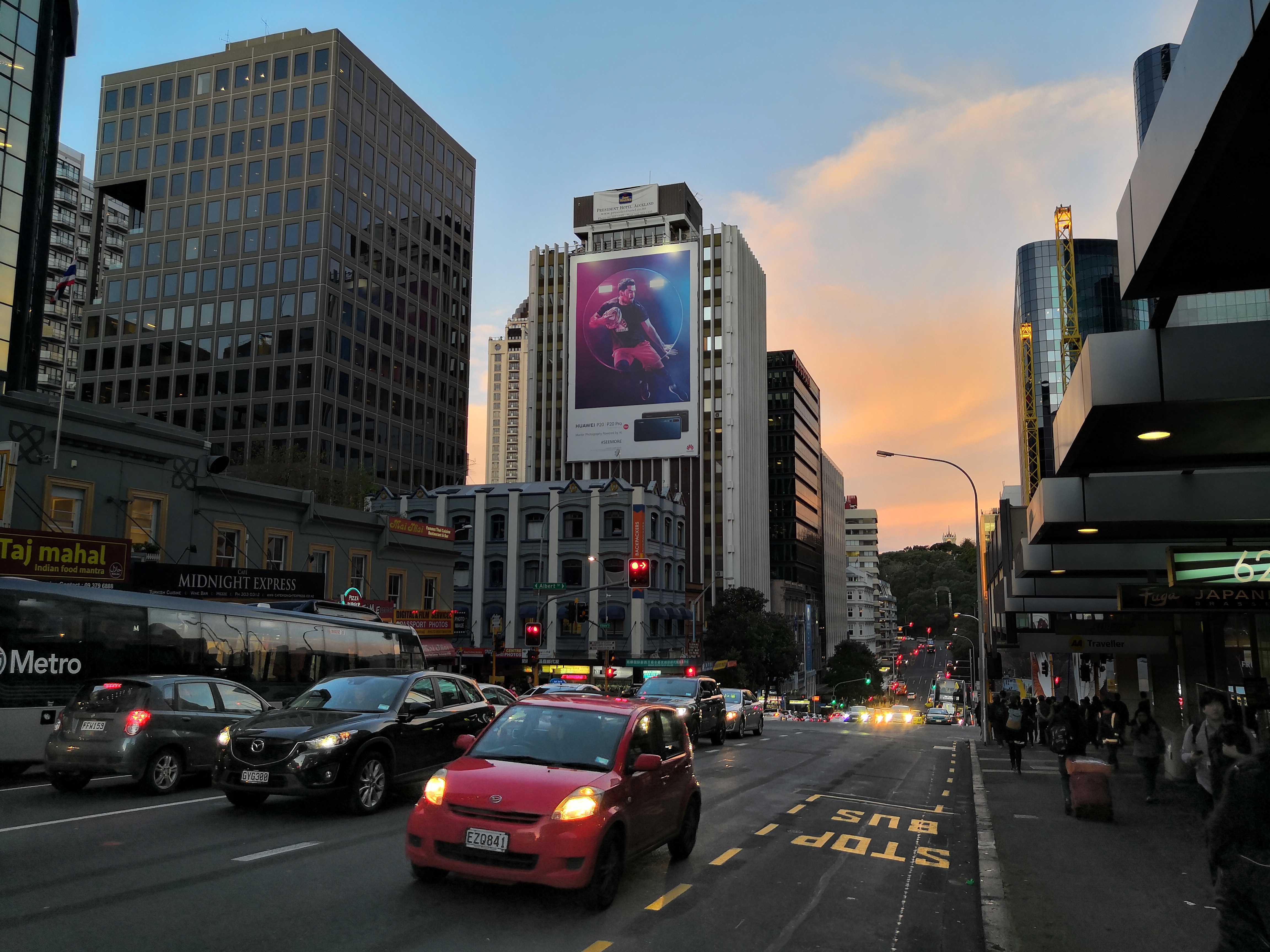

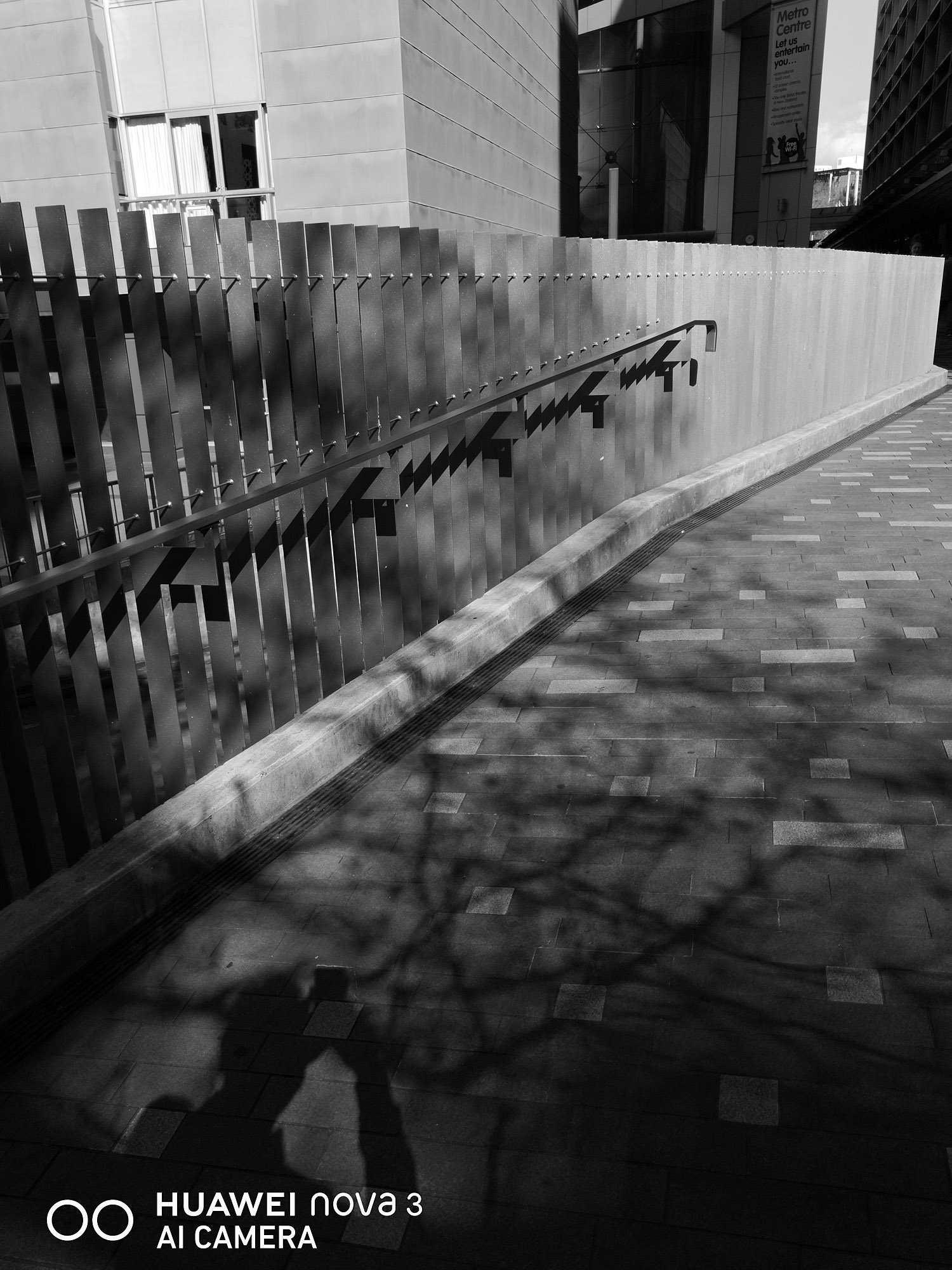

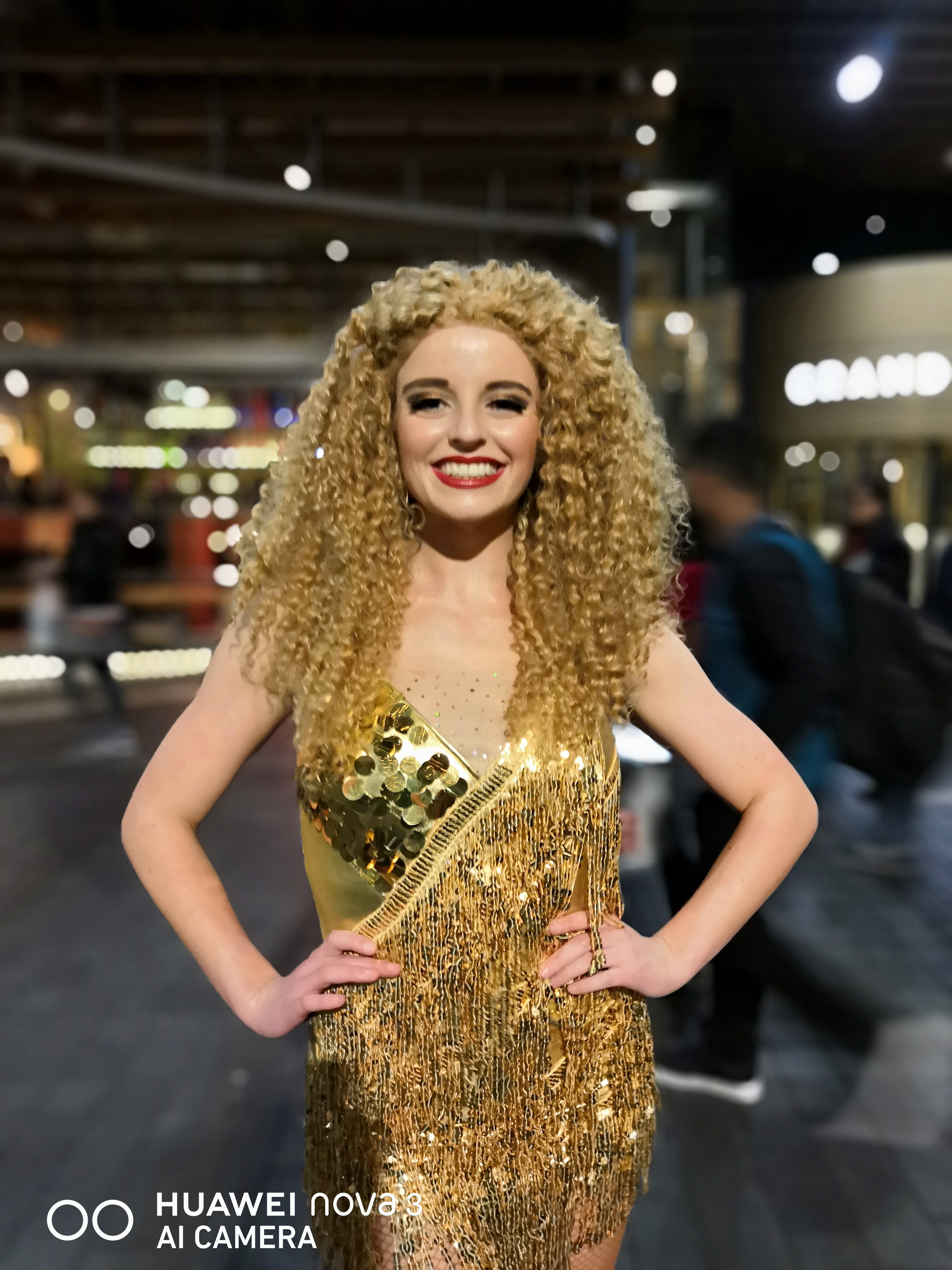
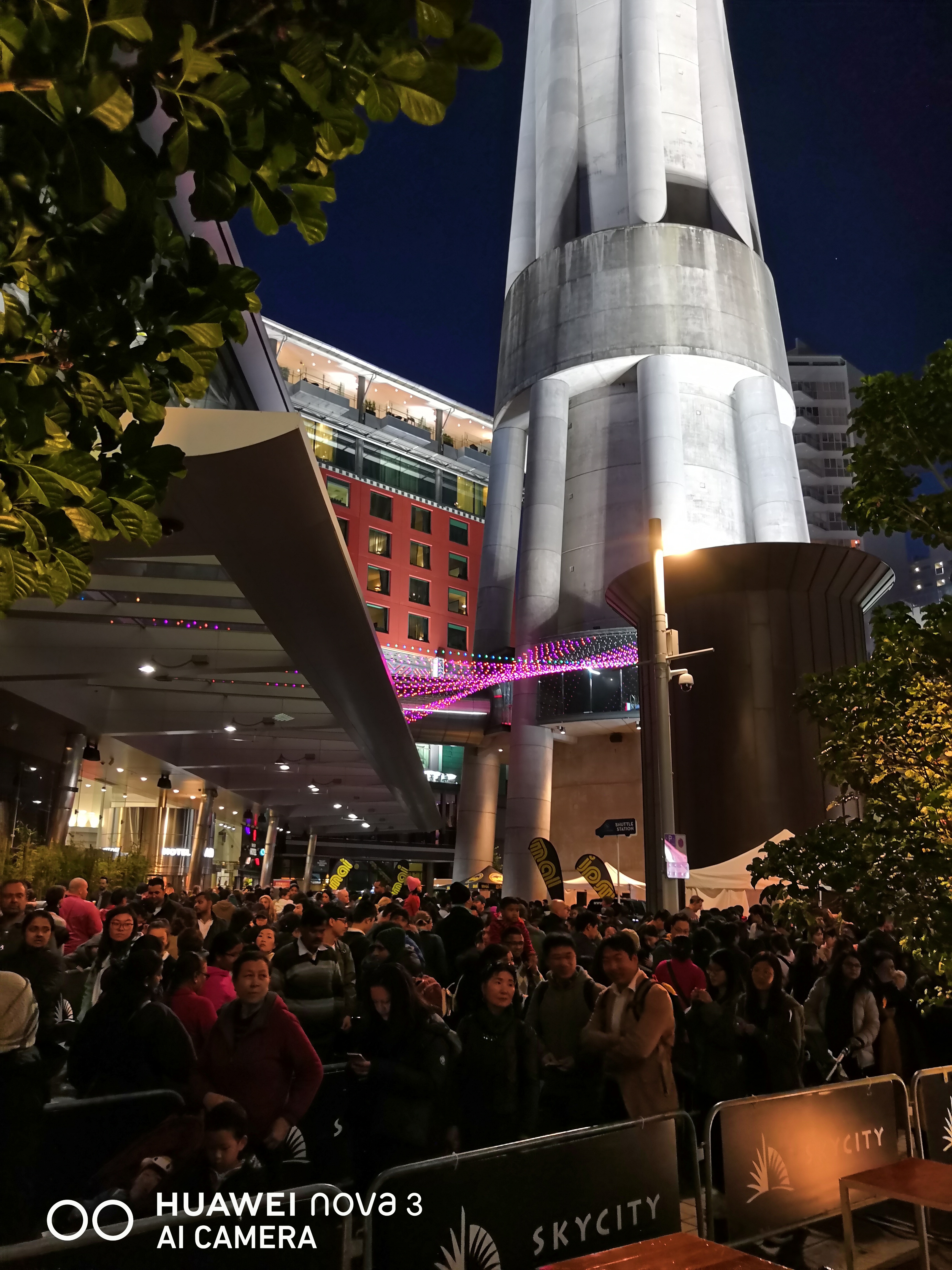


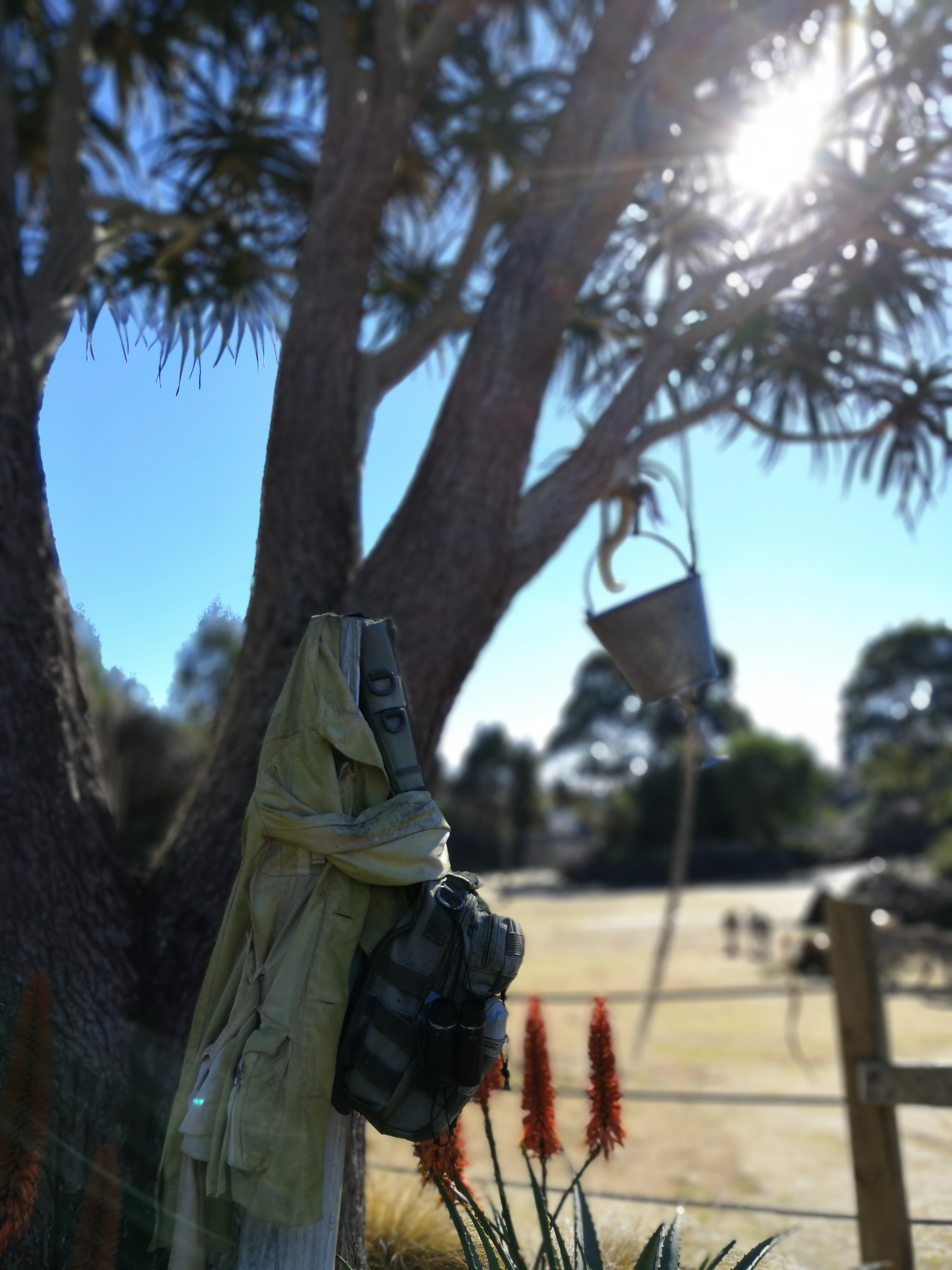
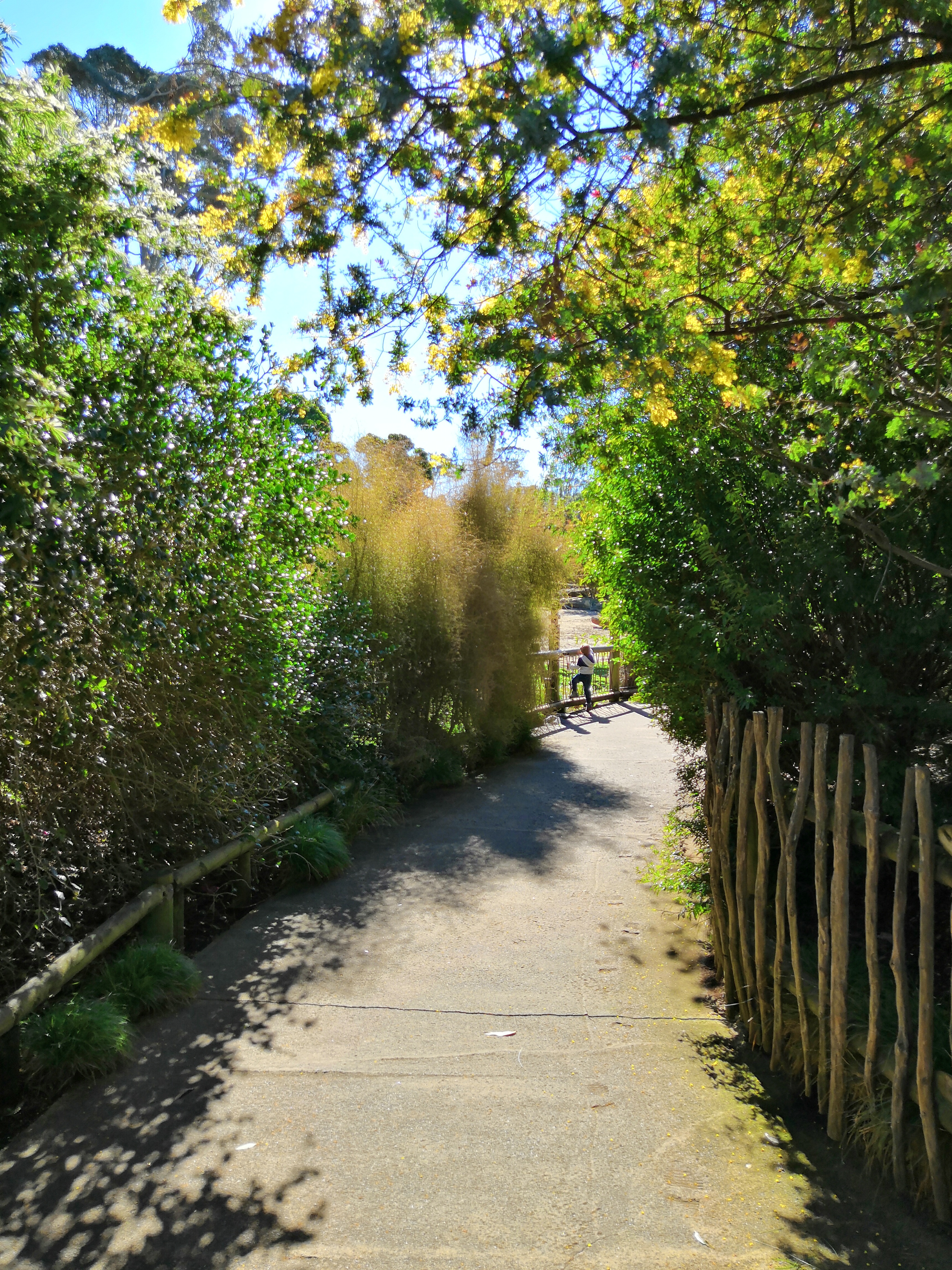
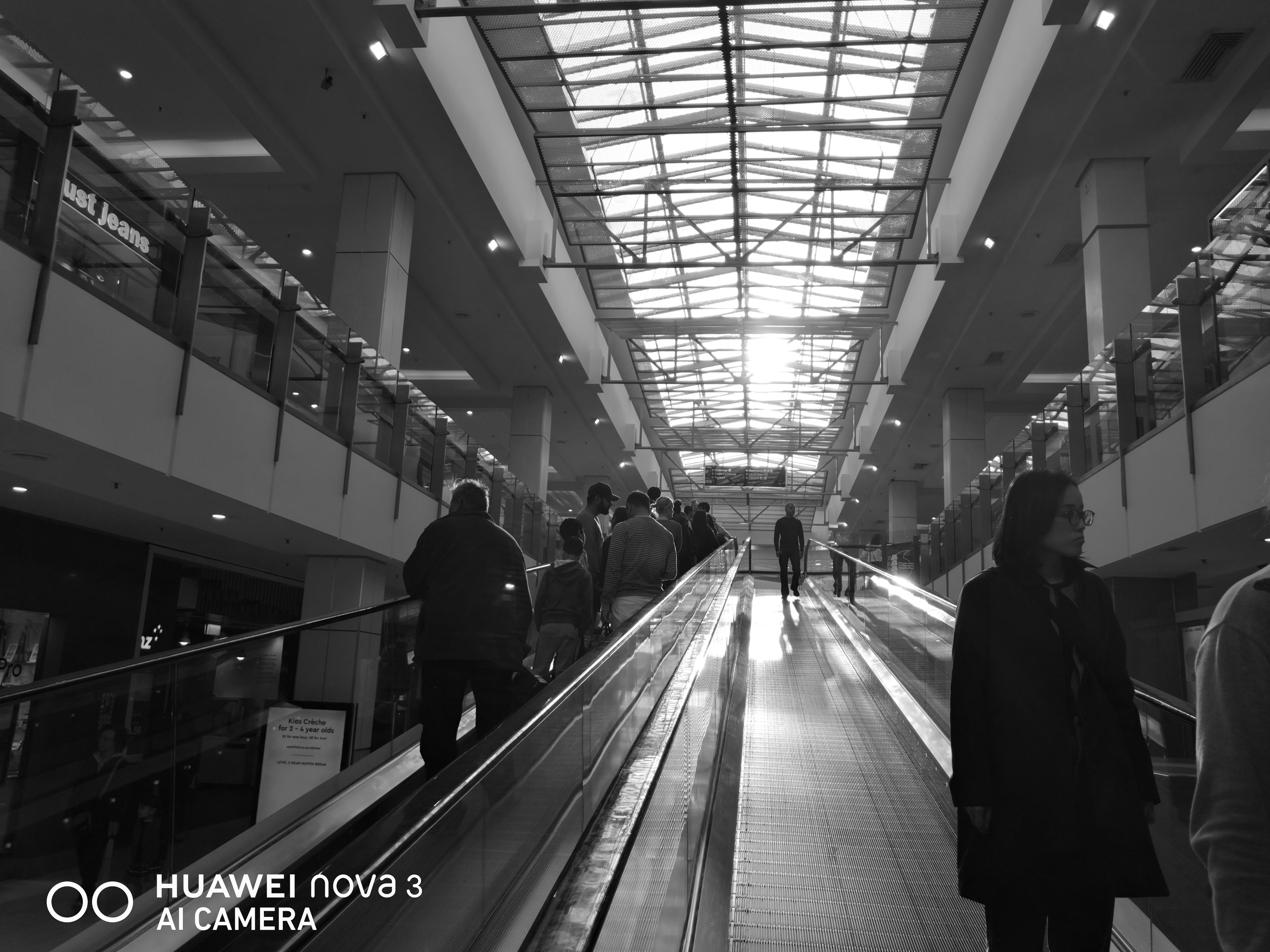
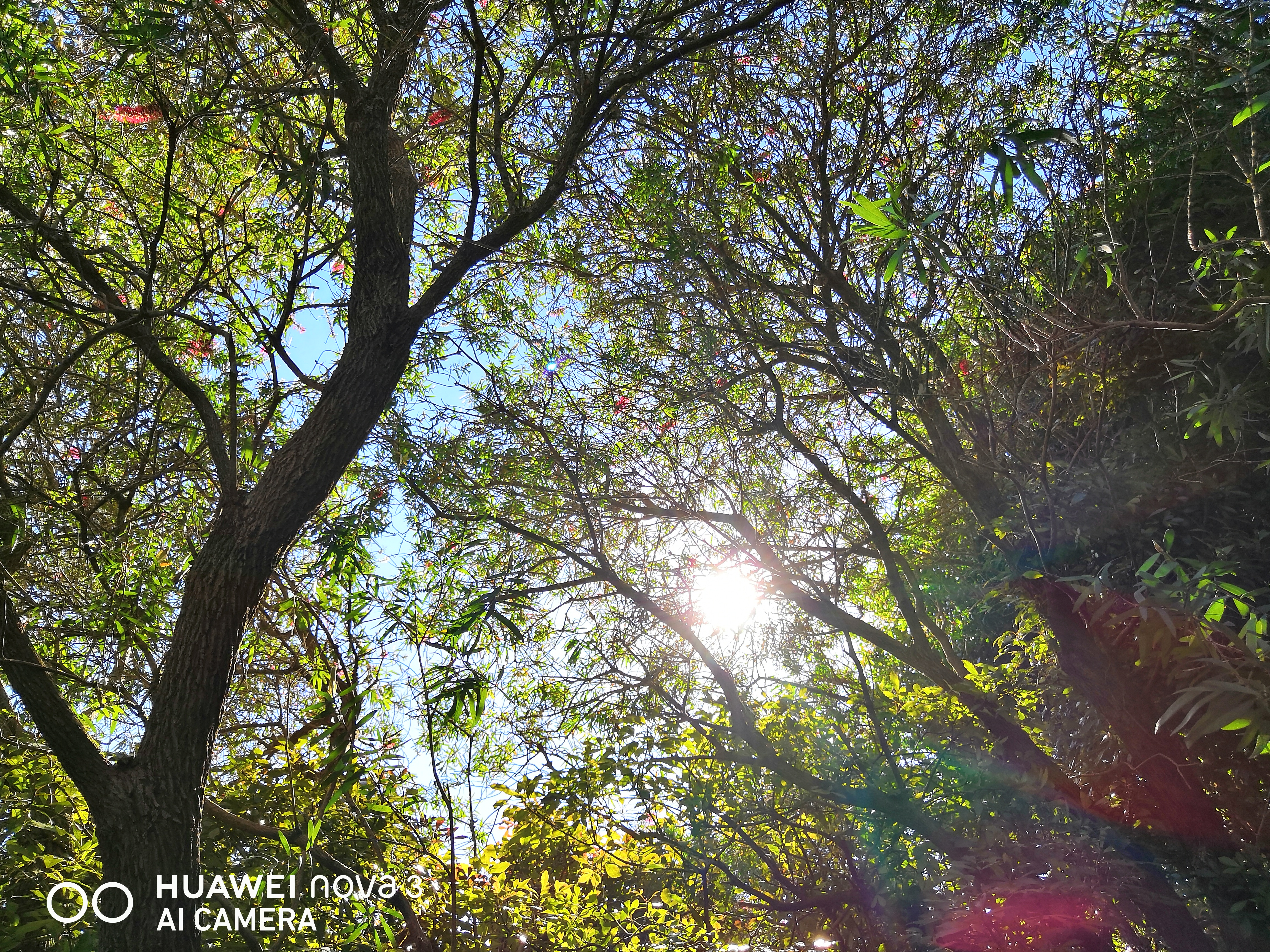
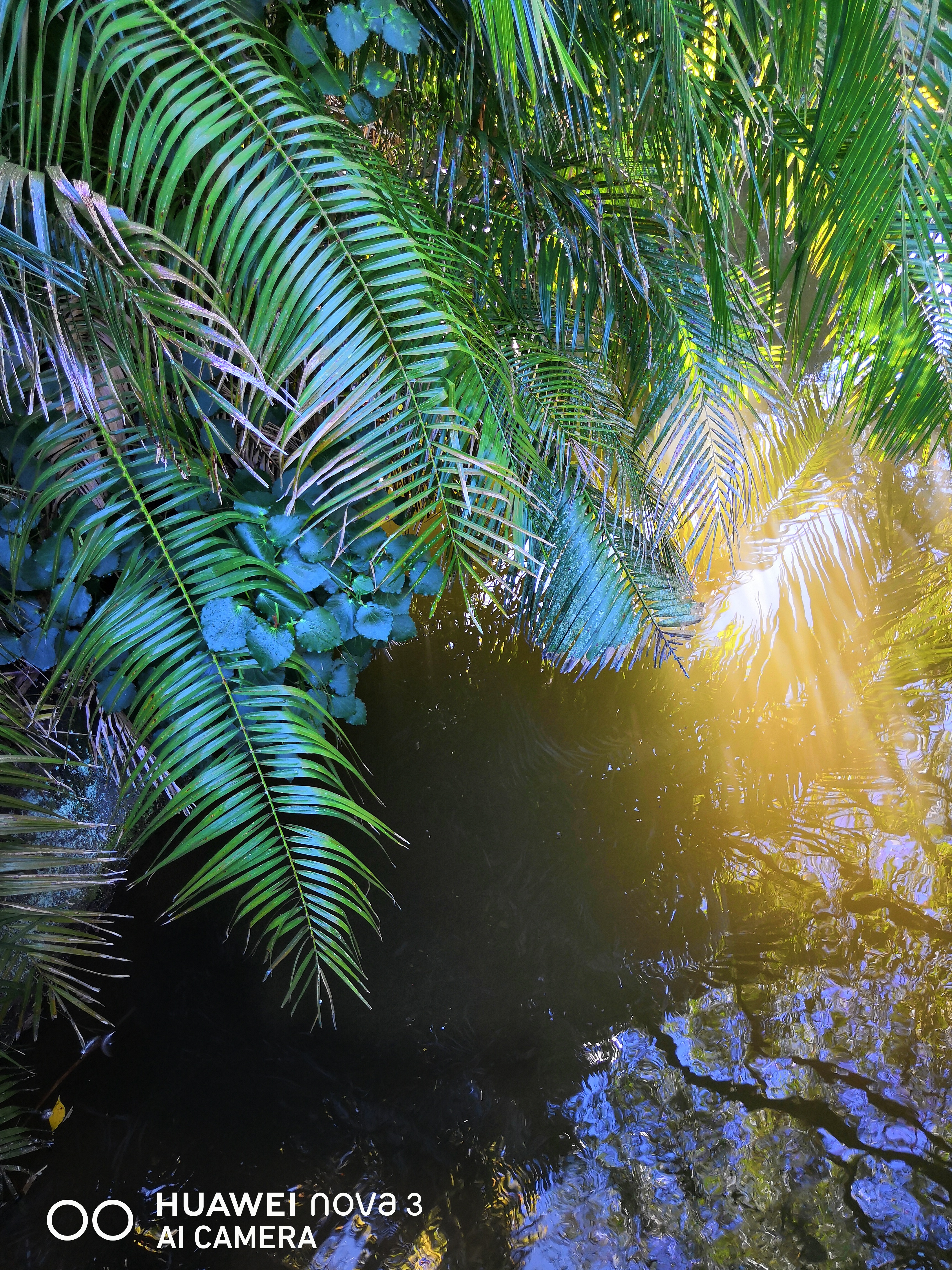
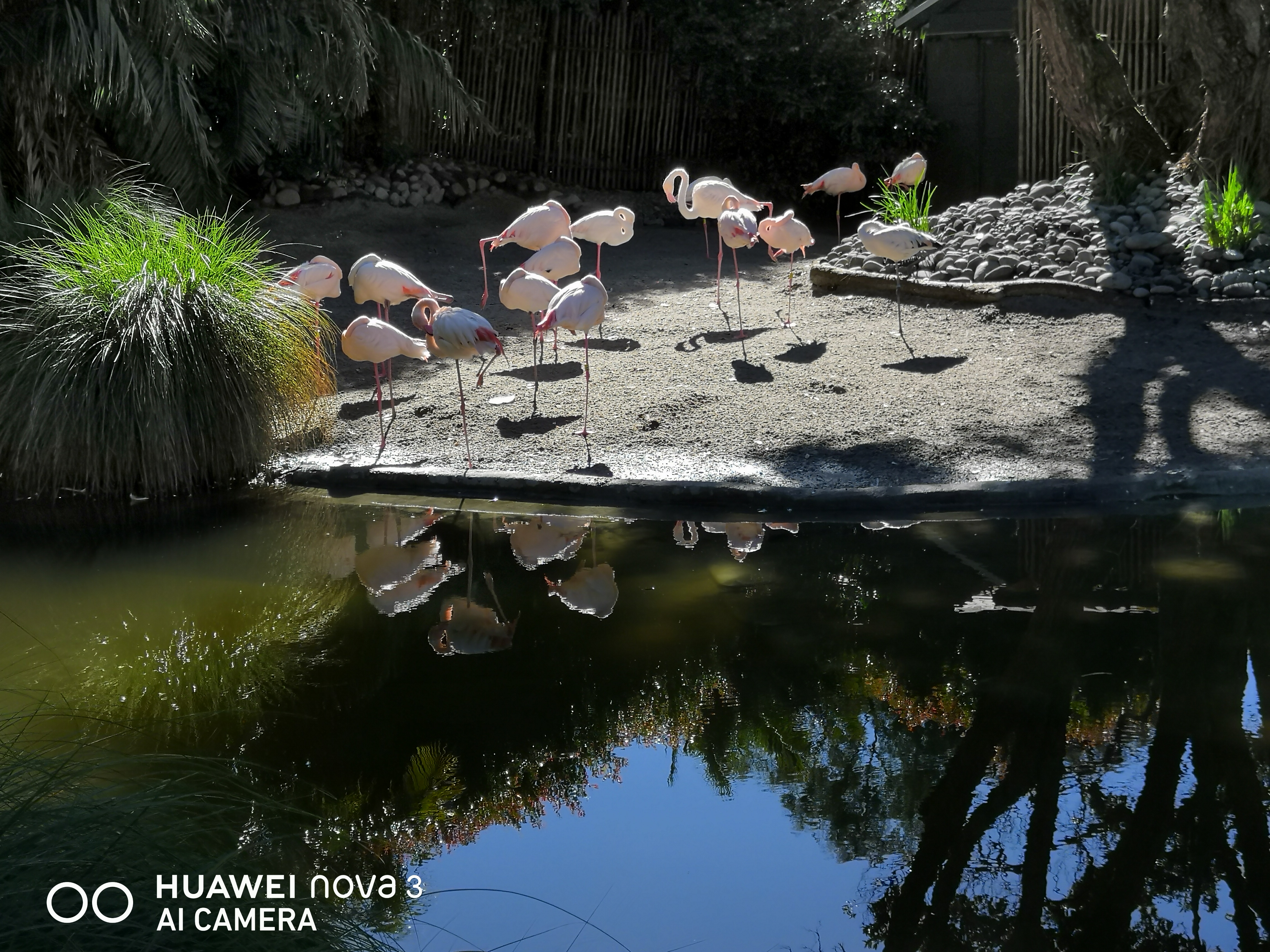
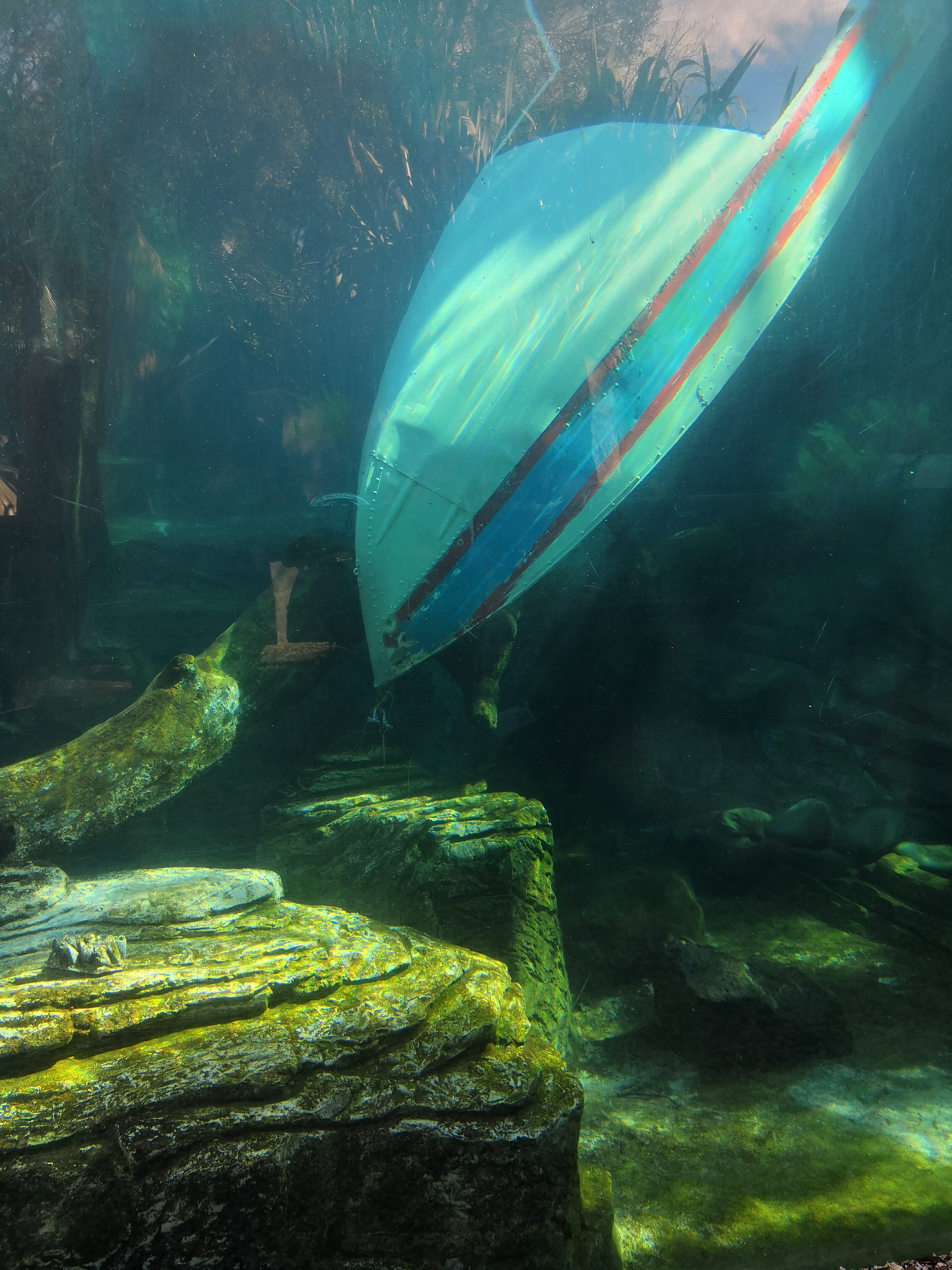
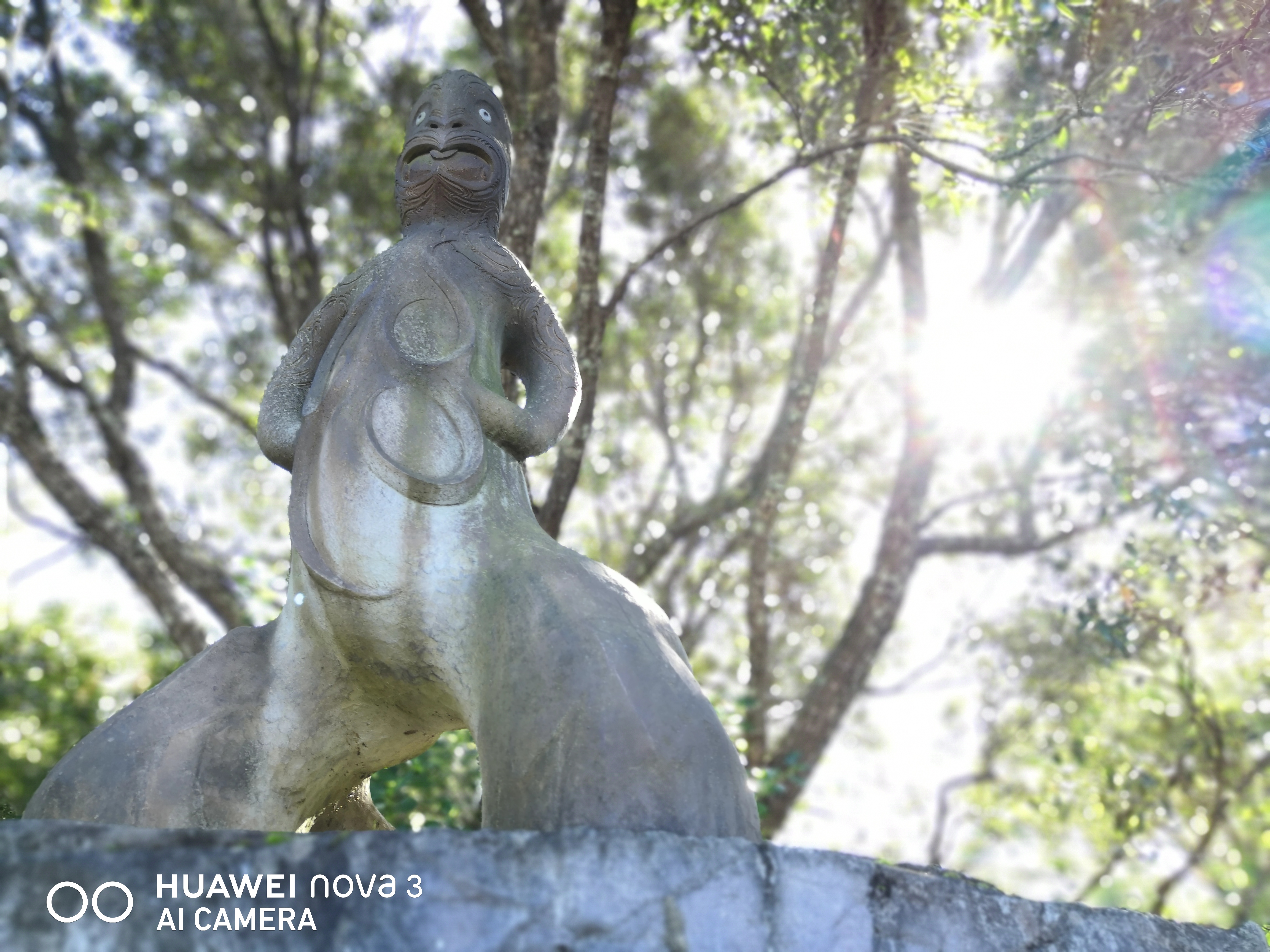
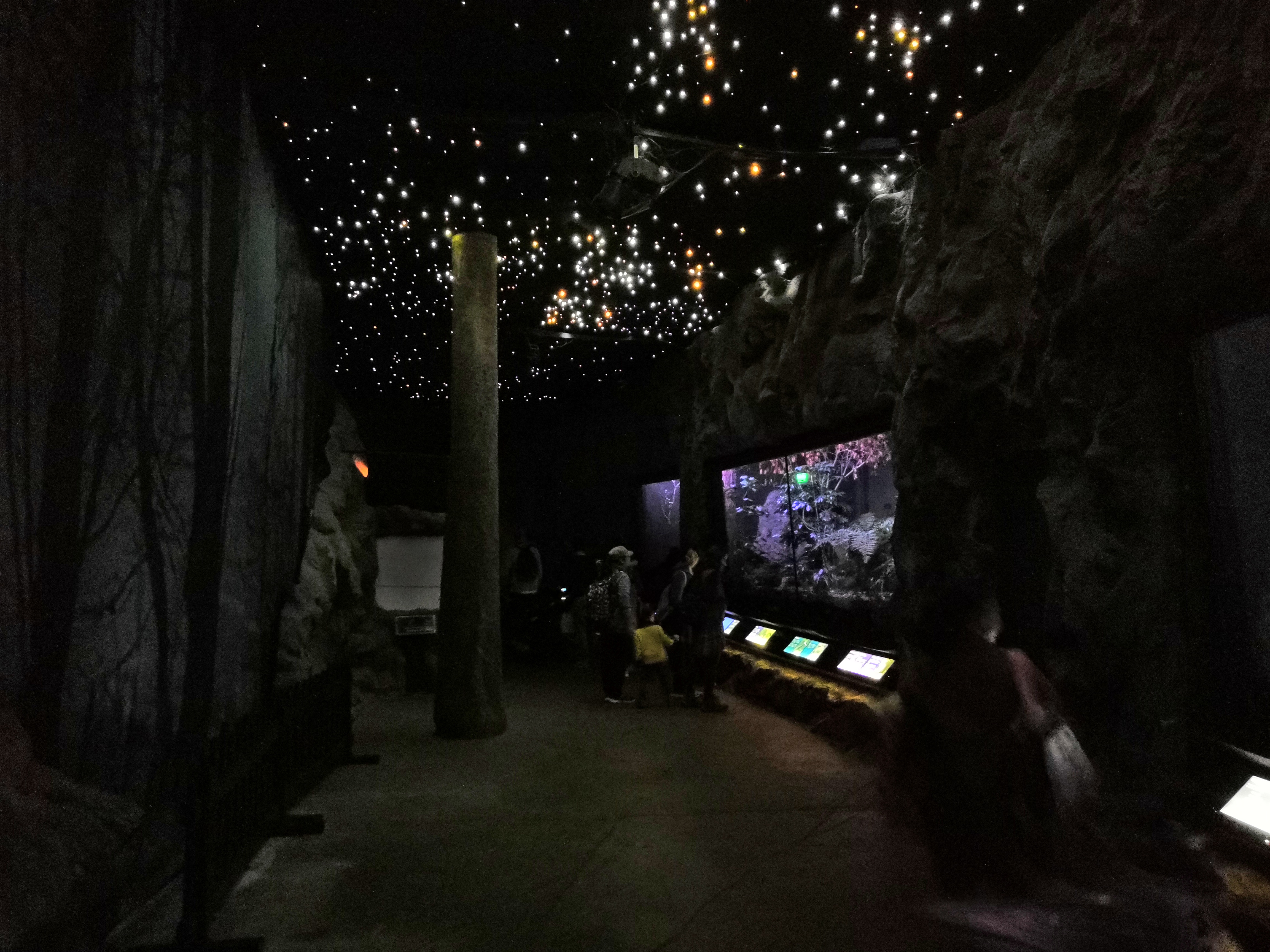
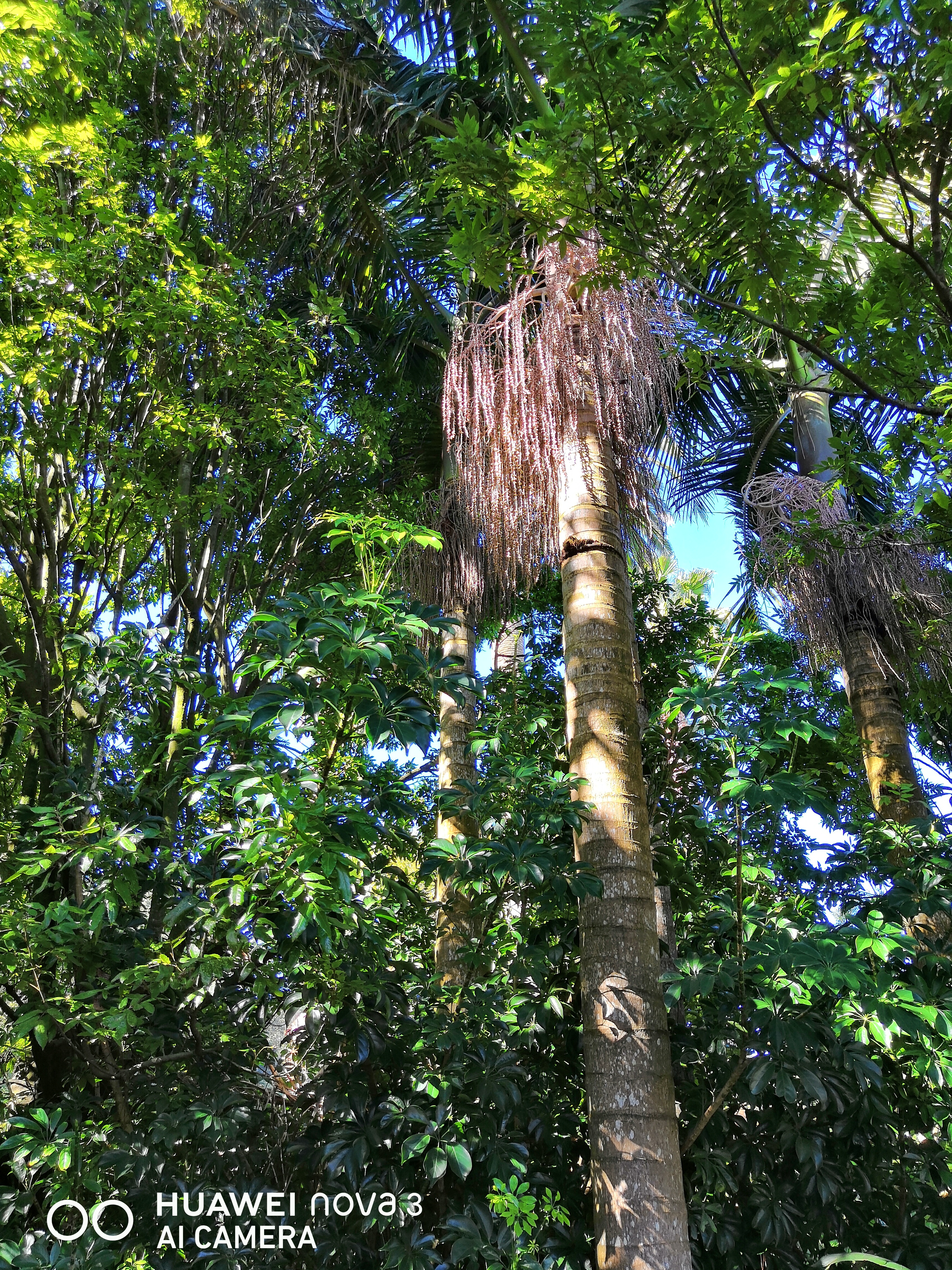
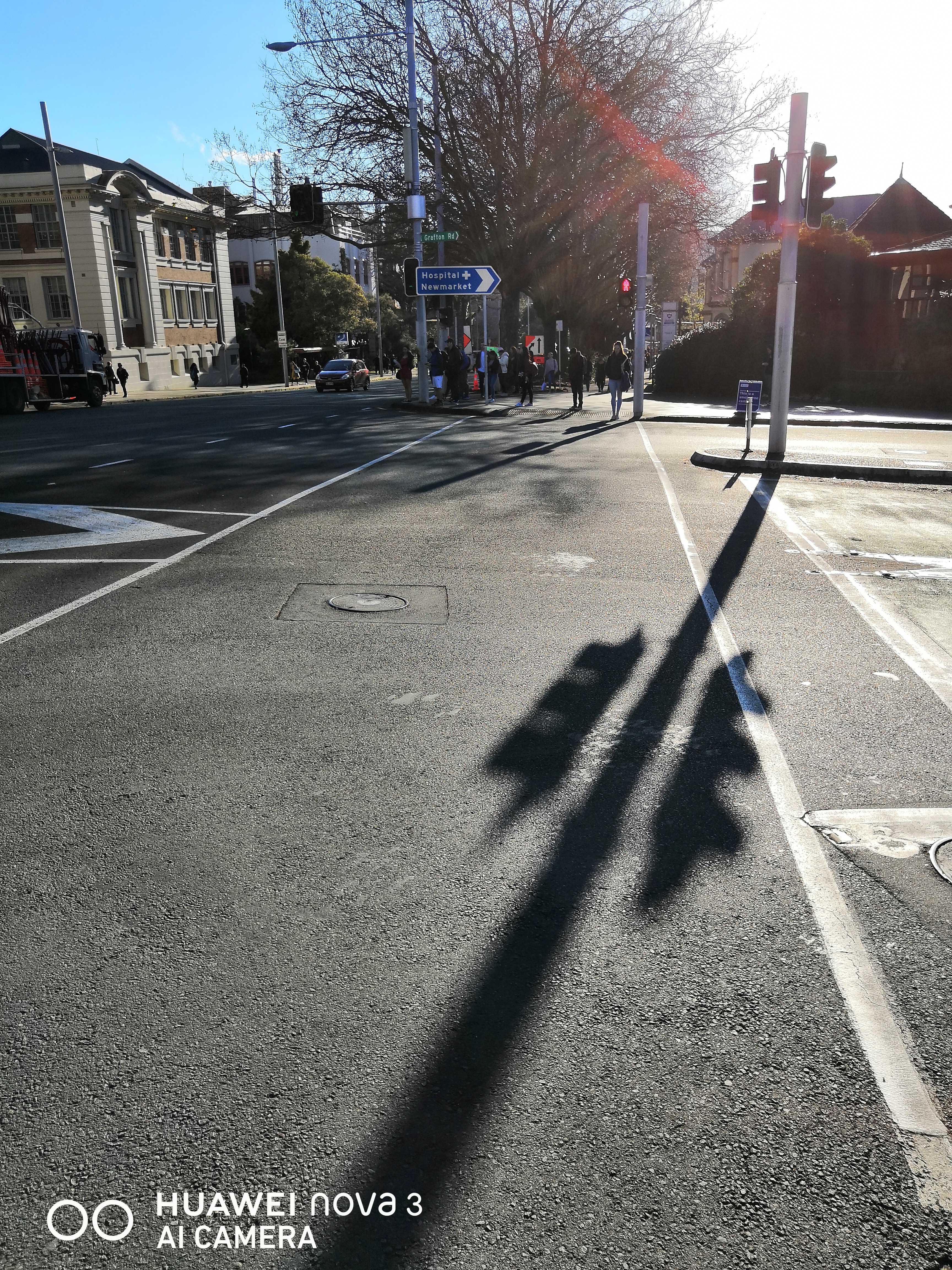
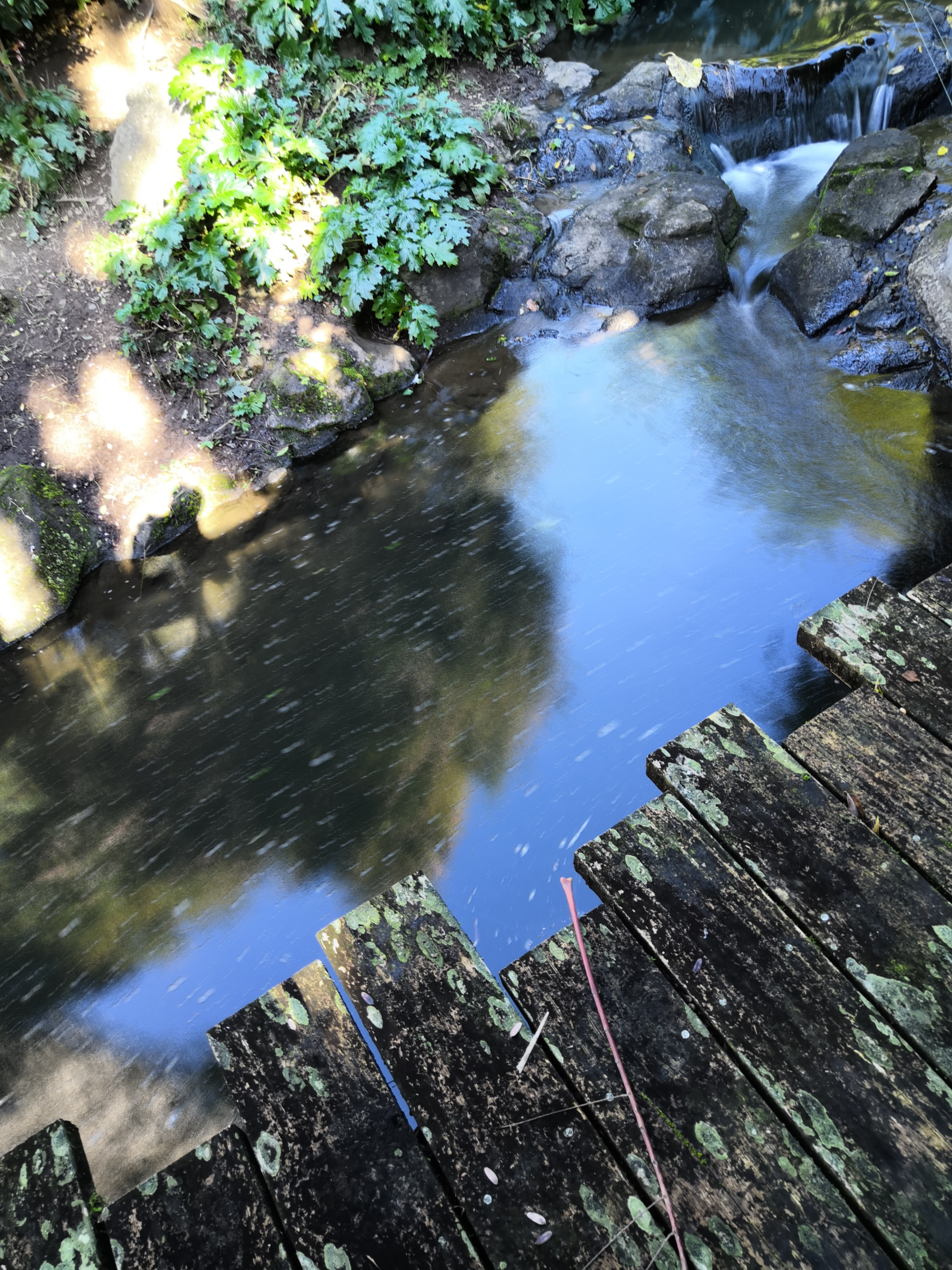
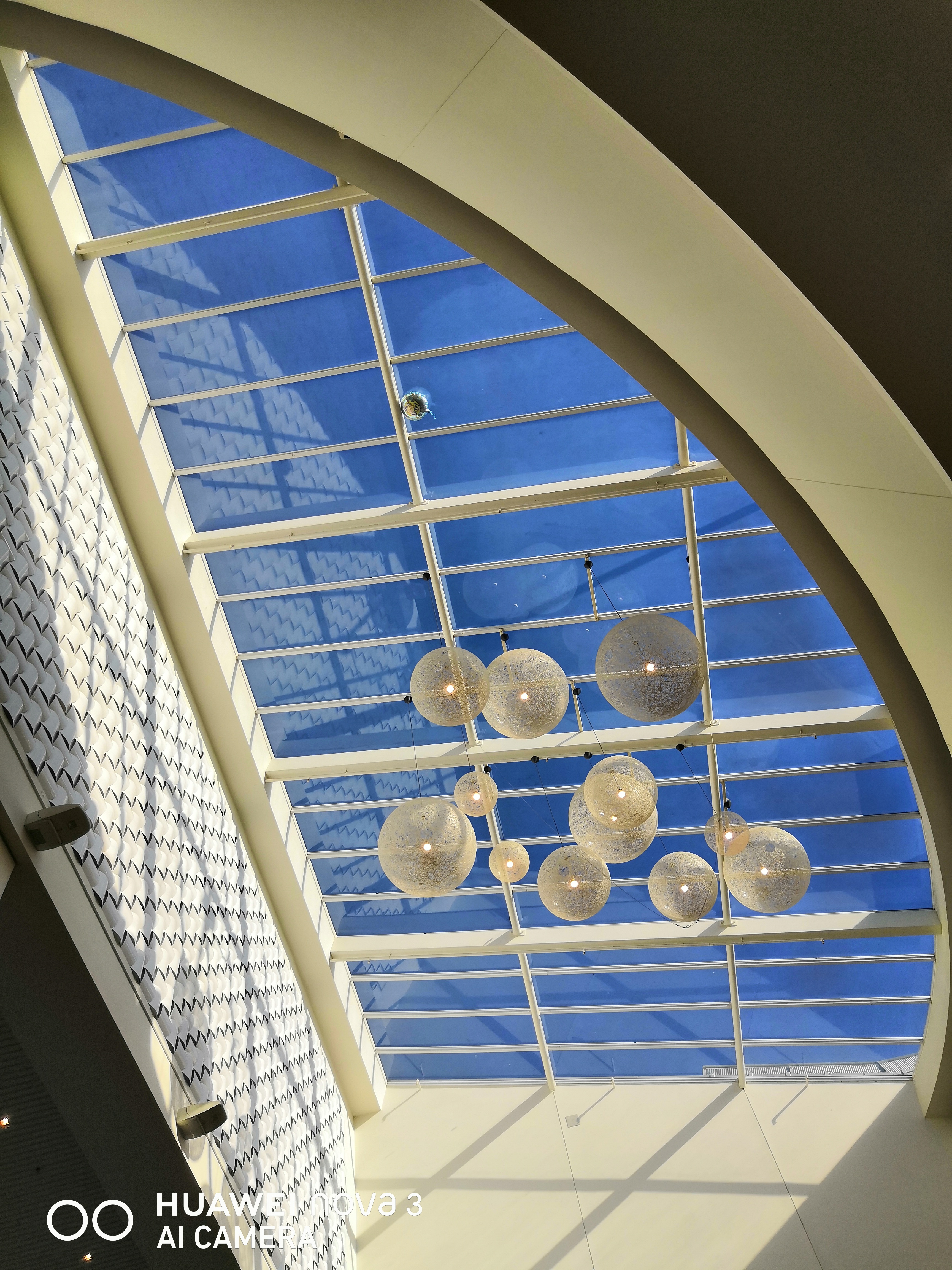
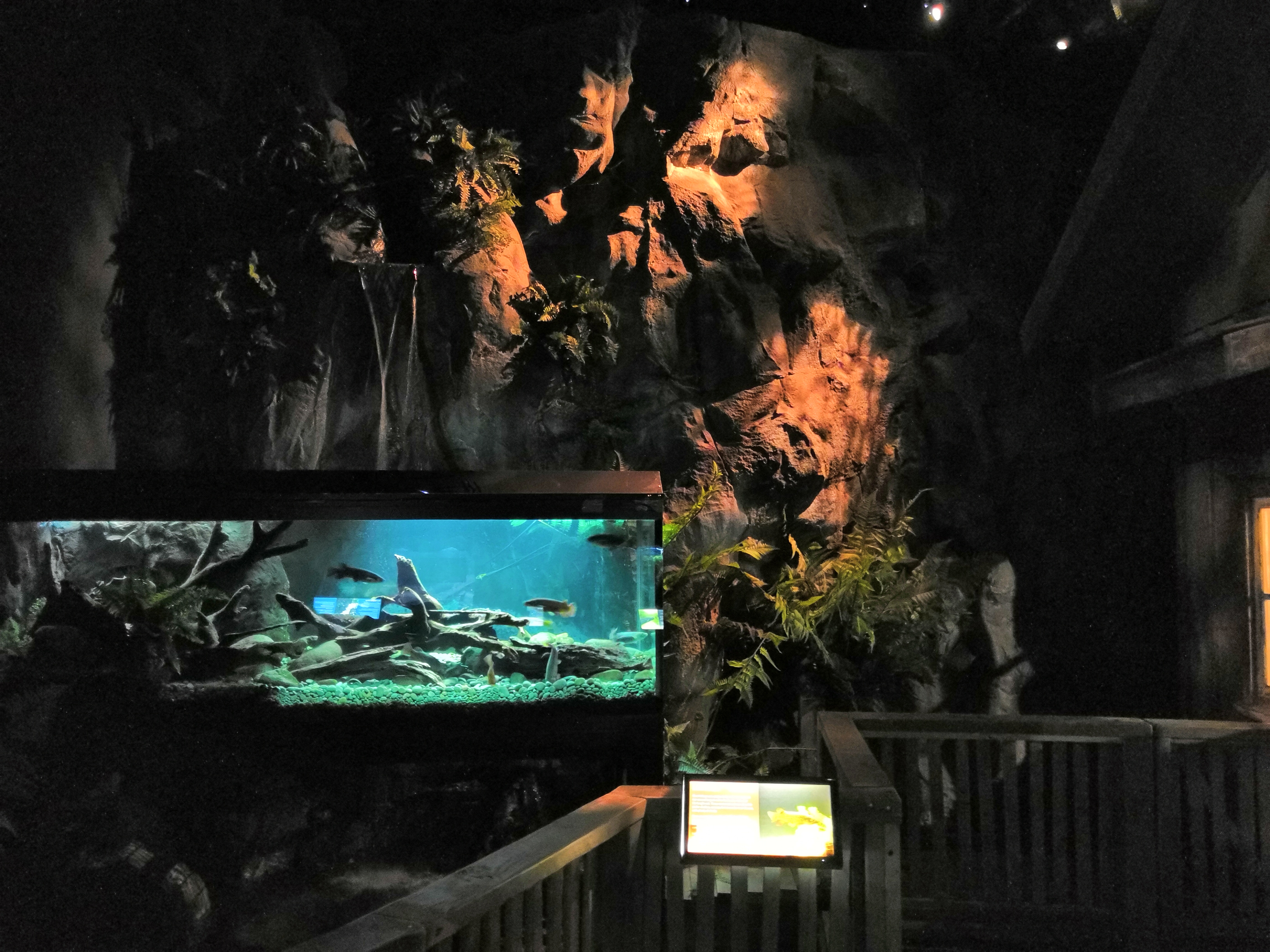
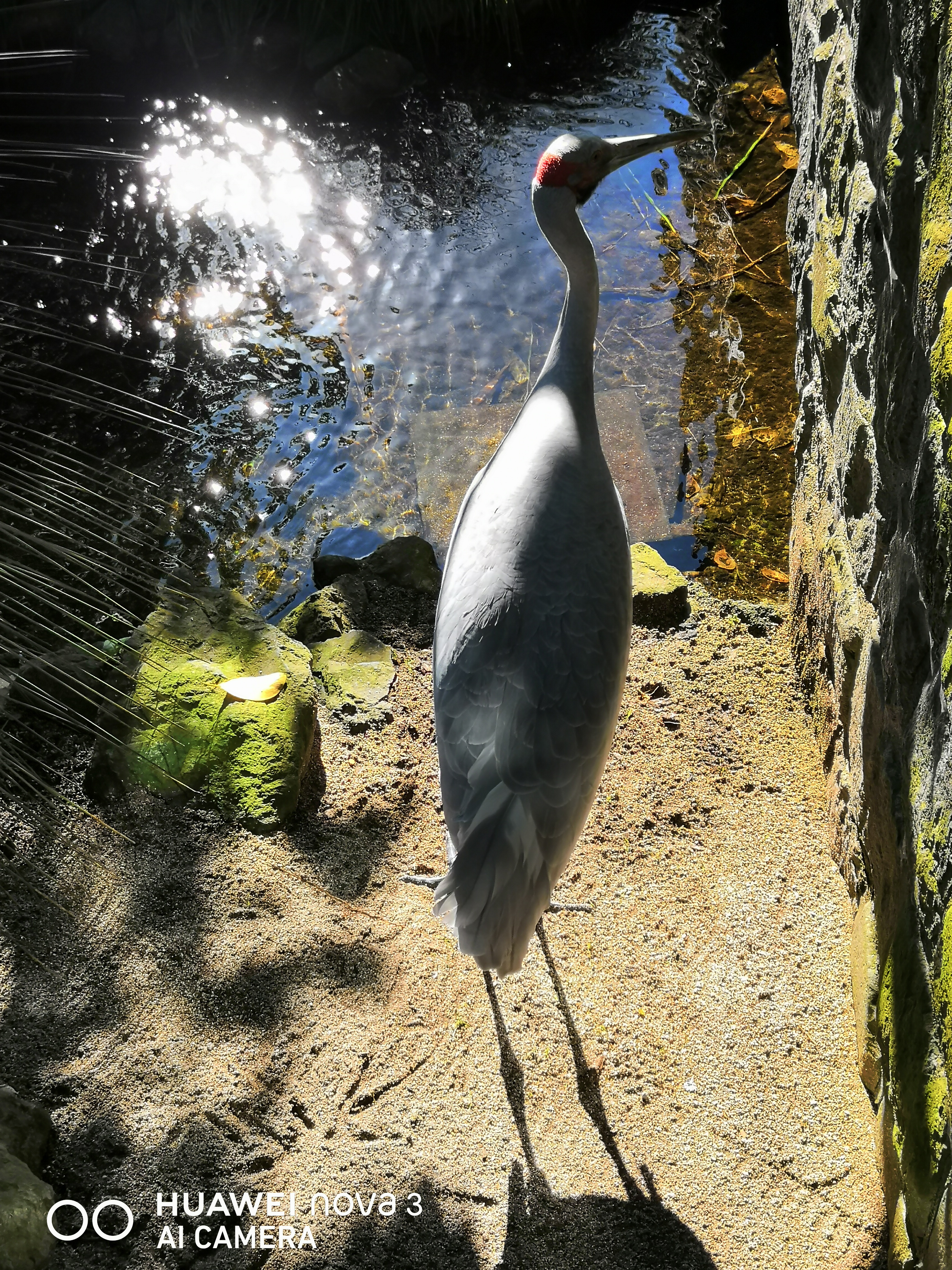
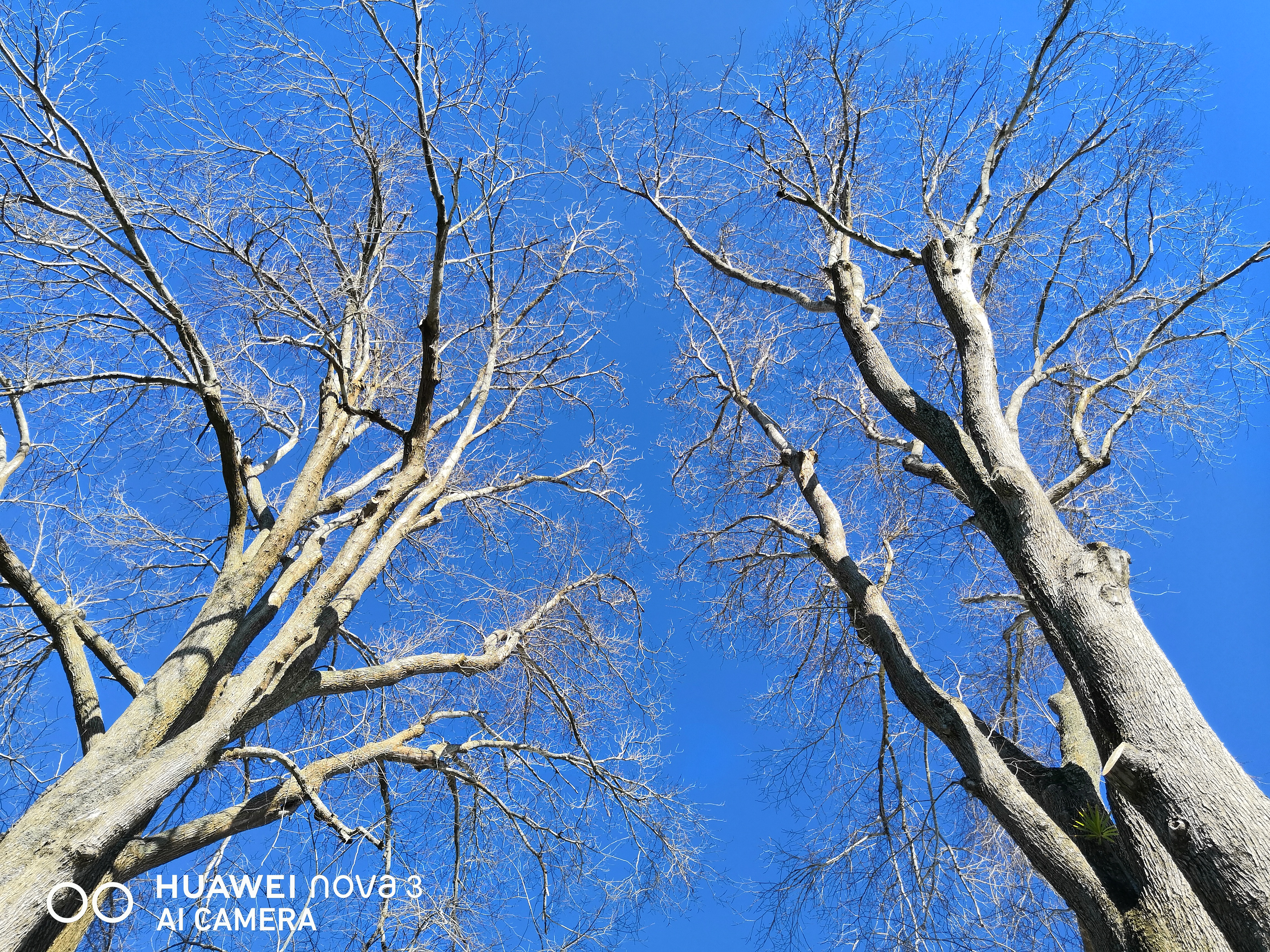
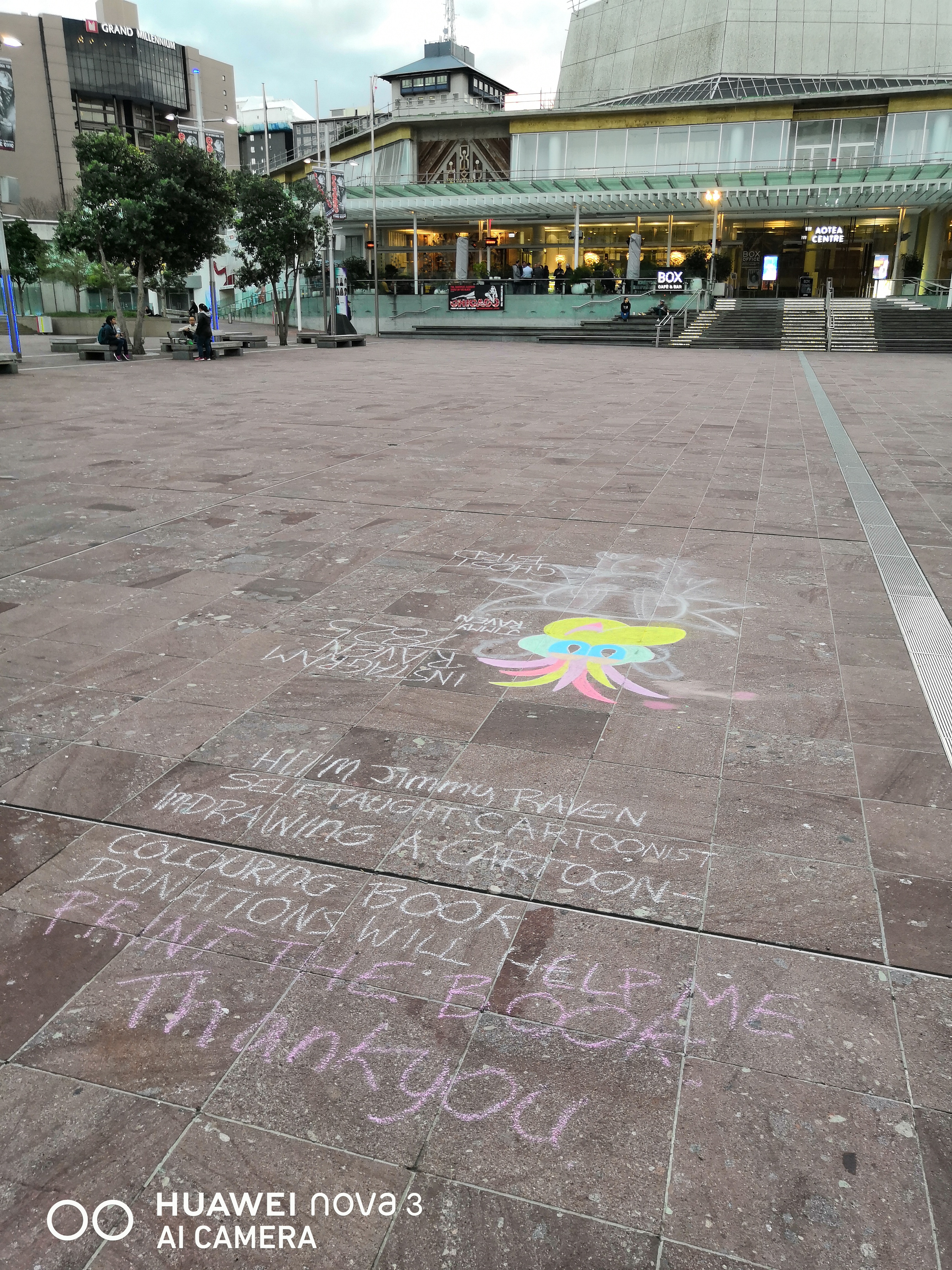
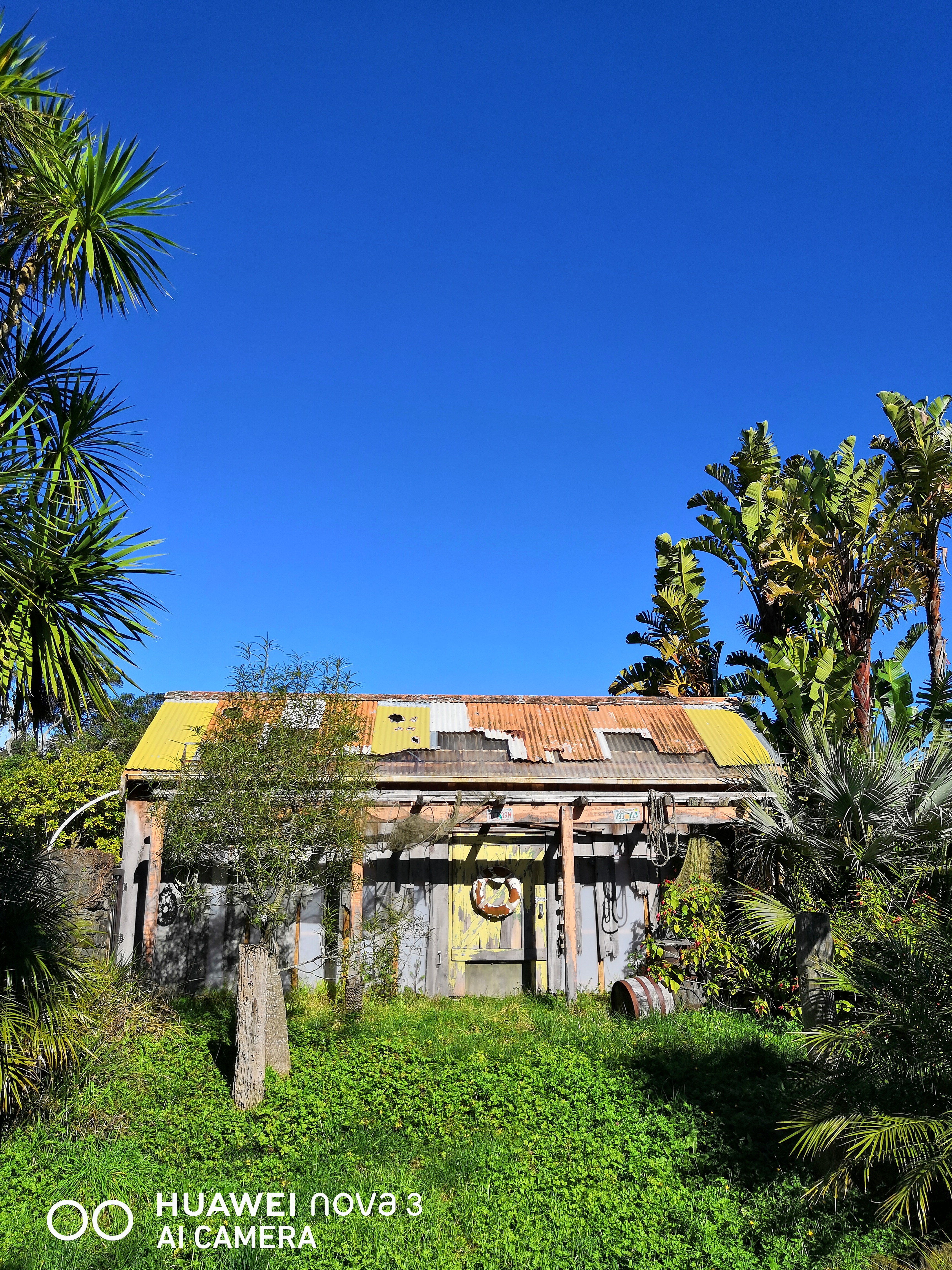
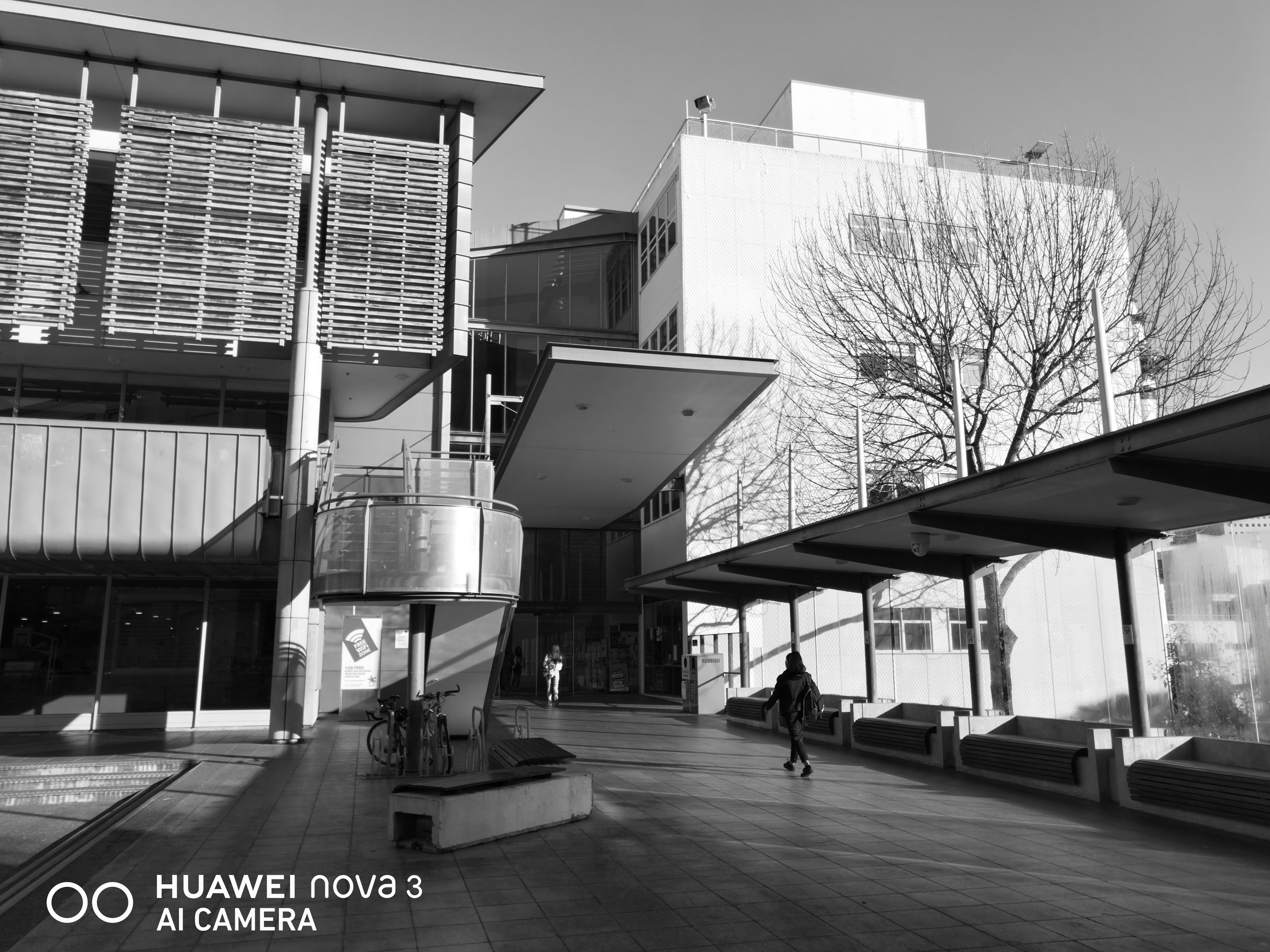
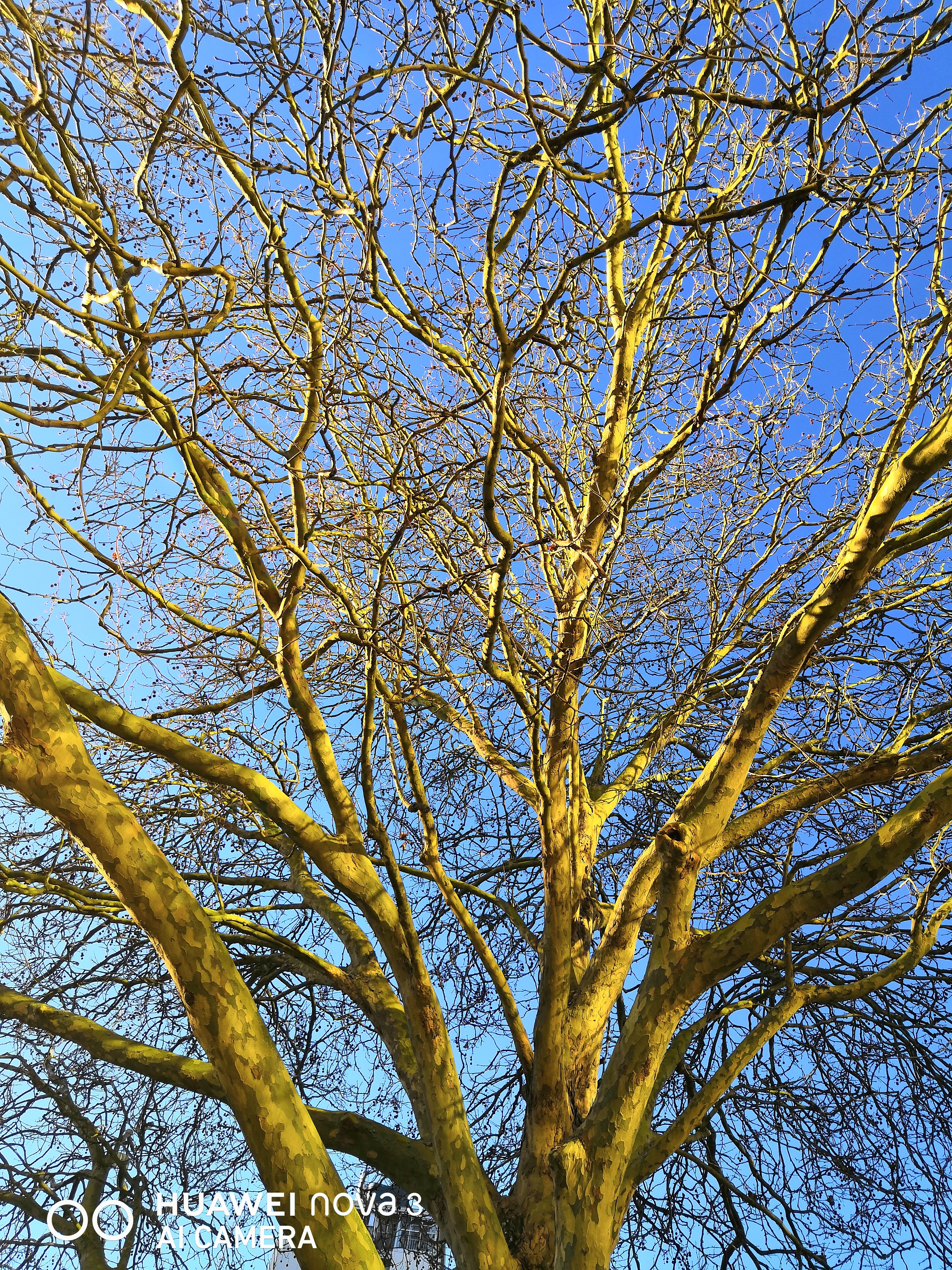
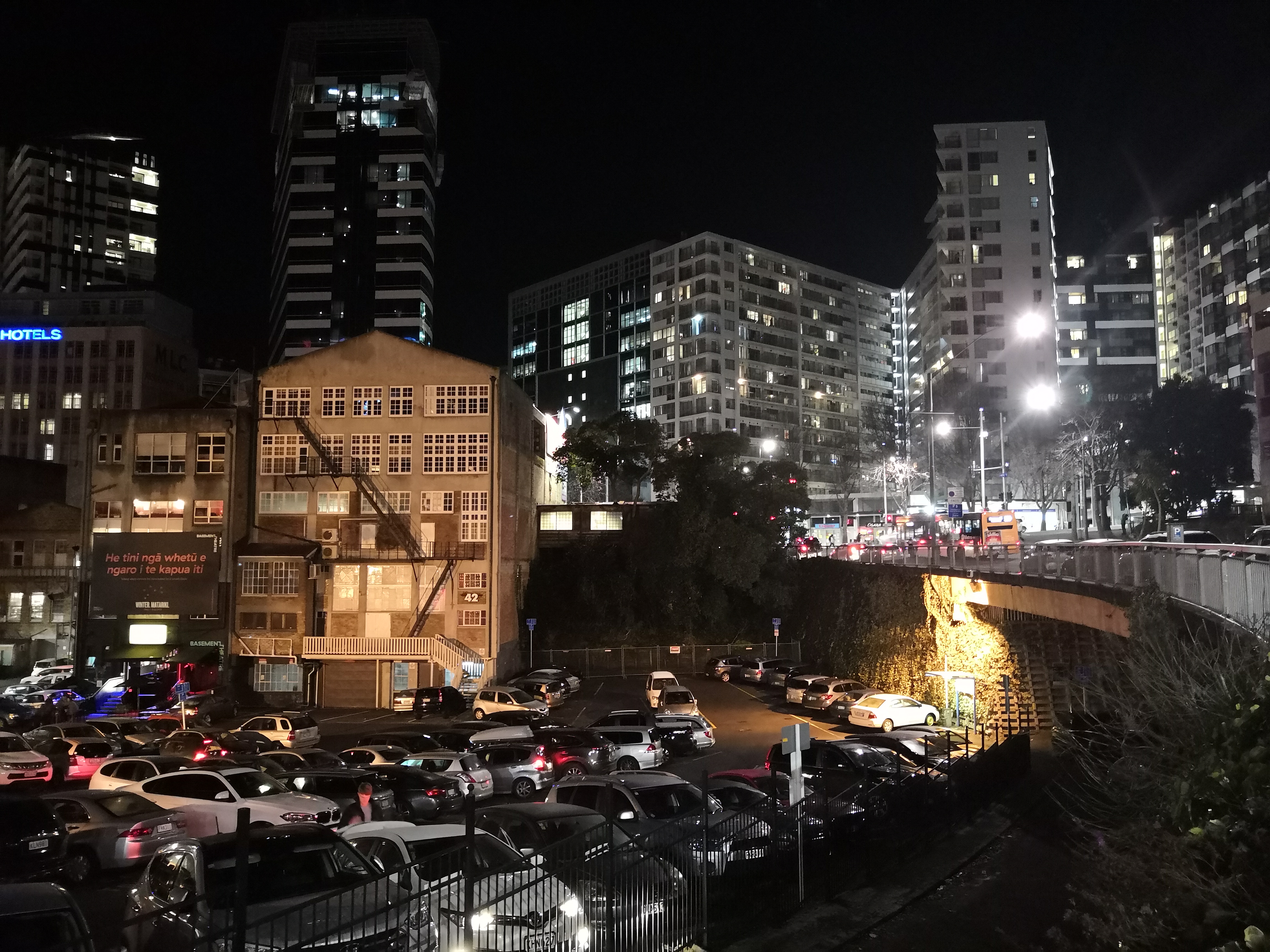
Comments are closed.